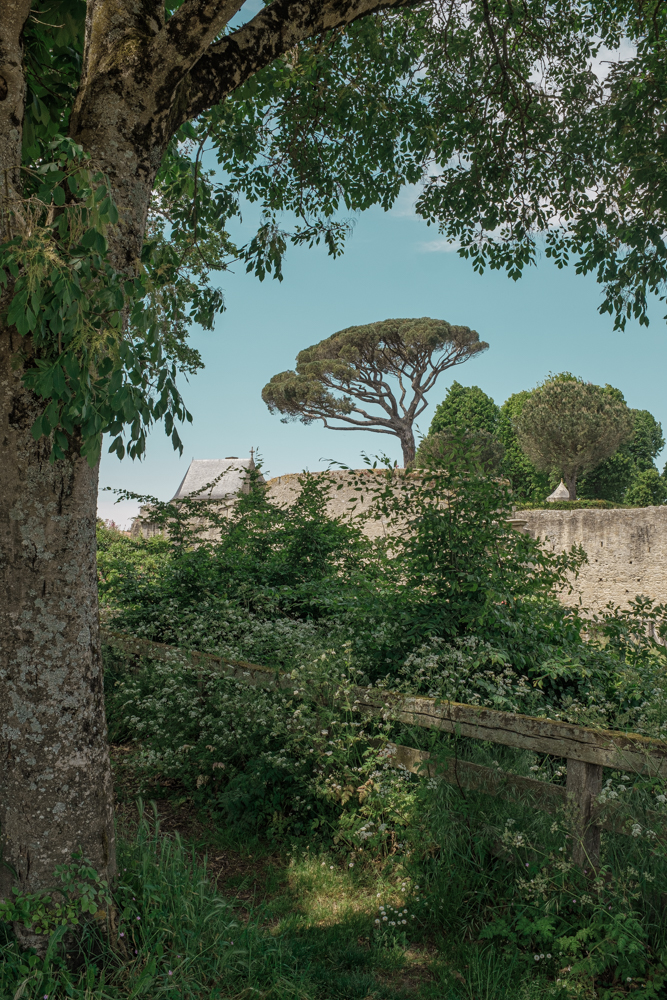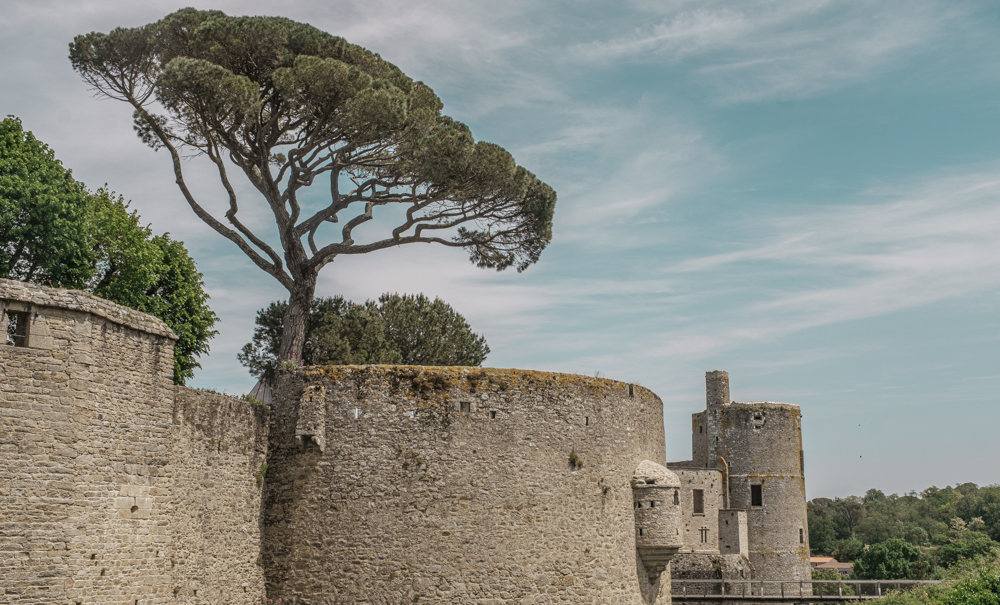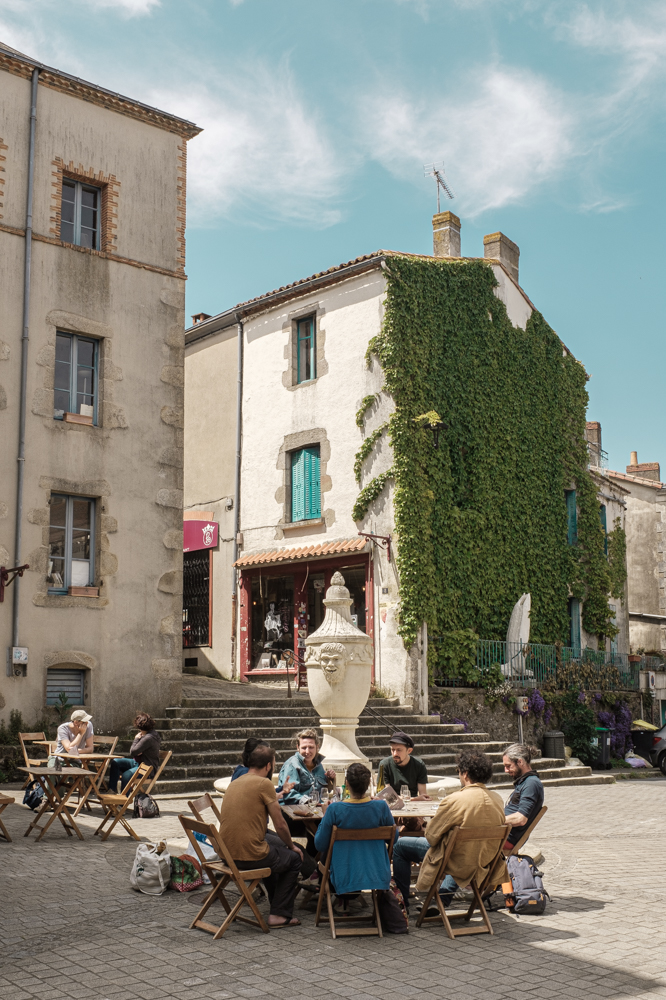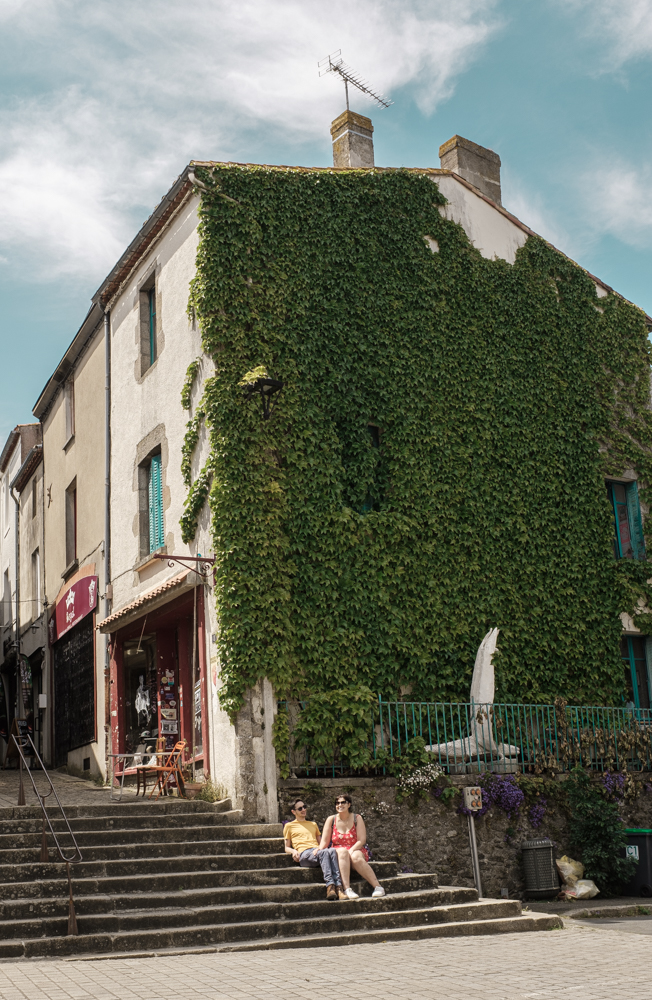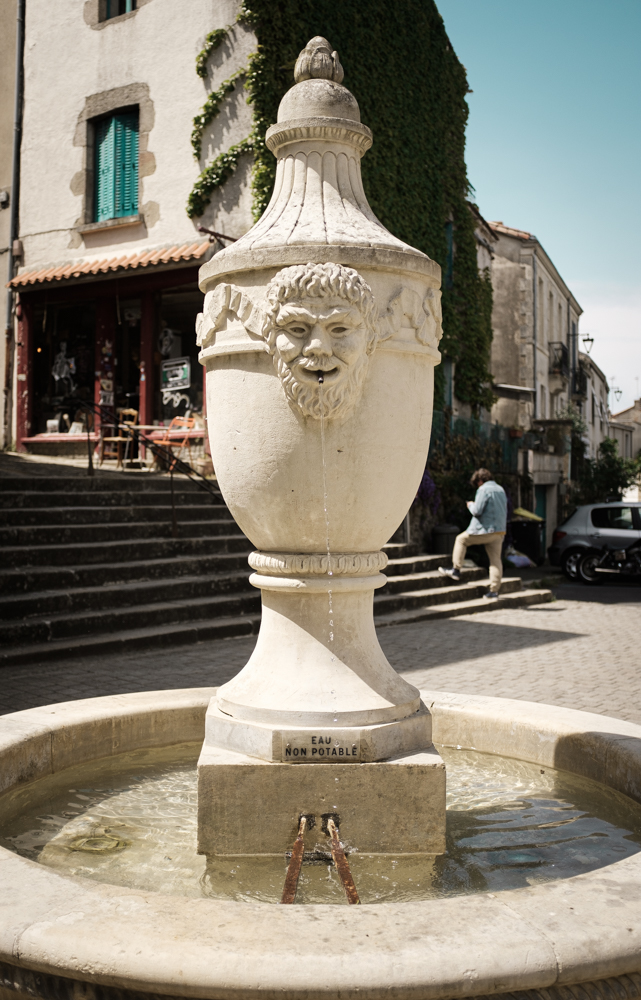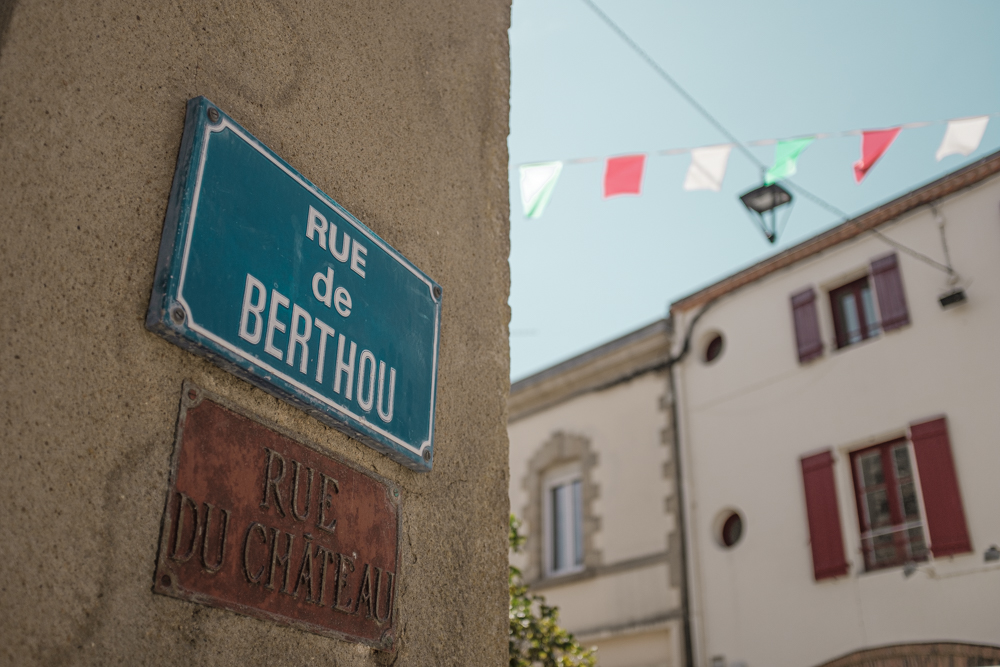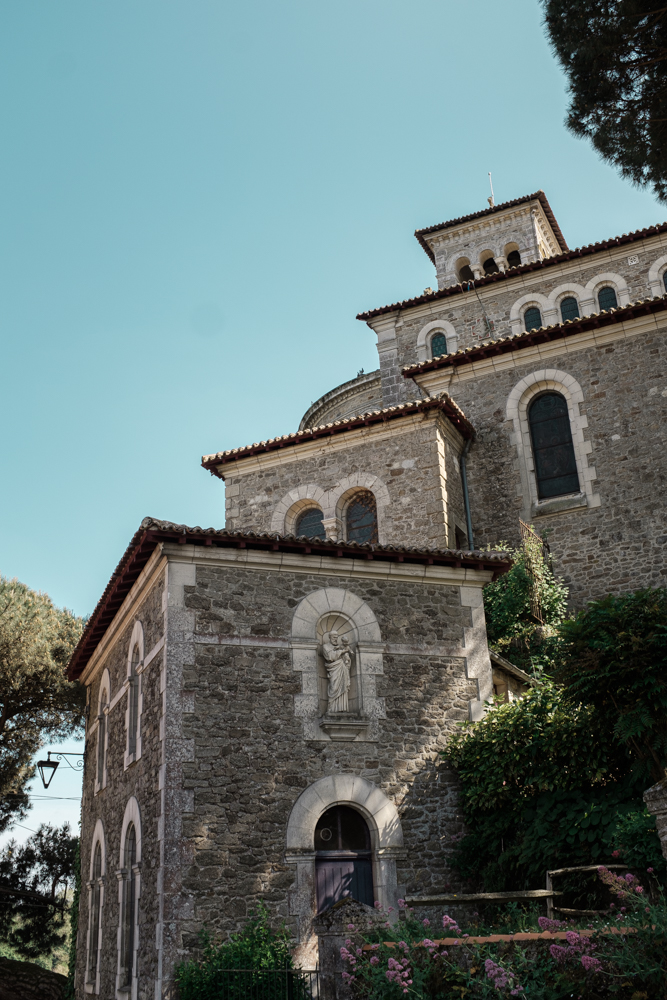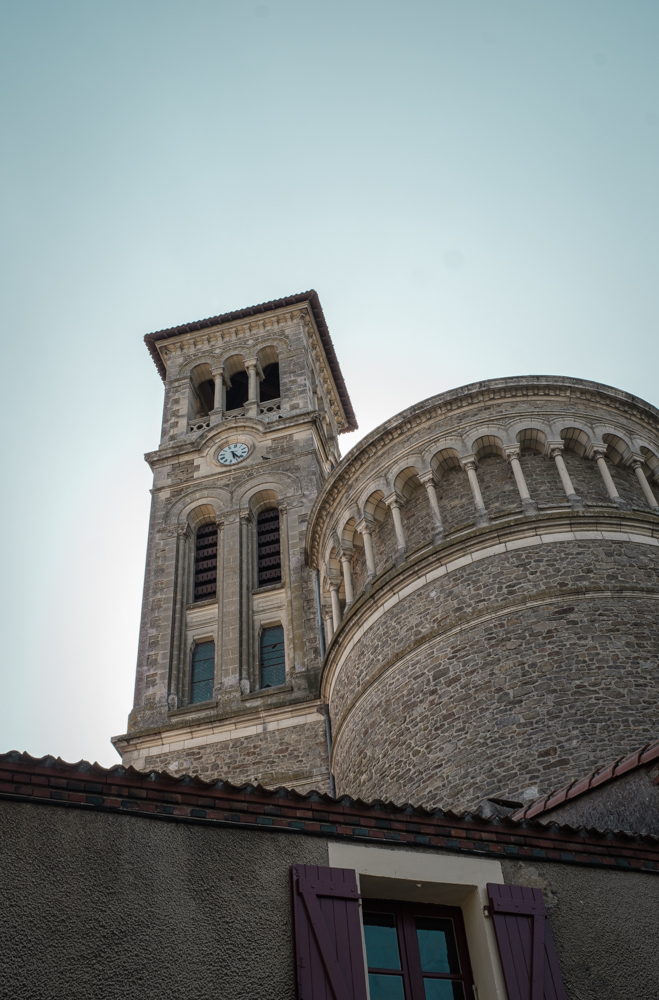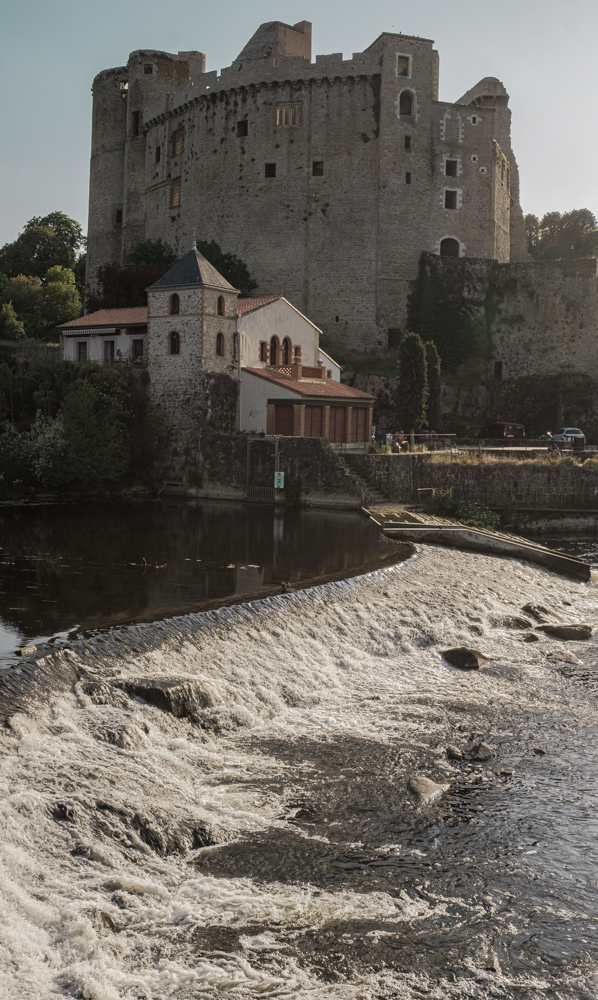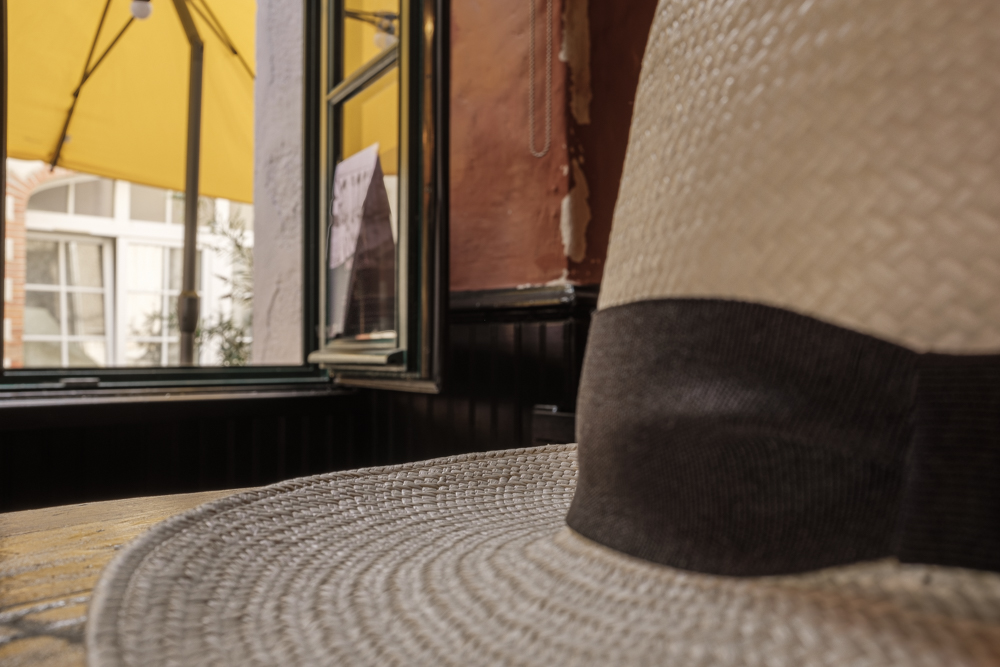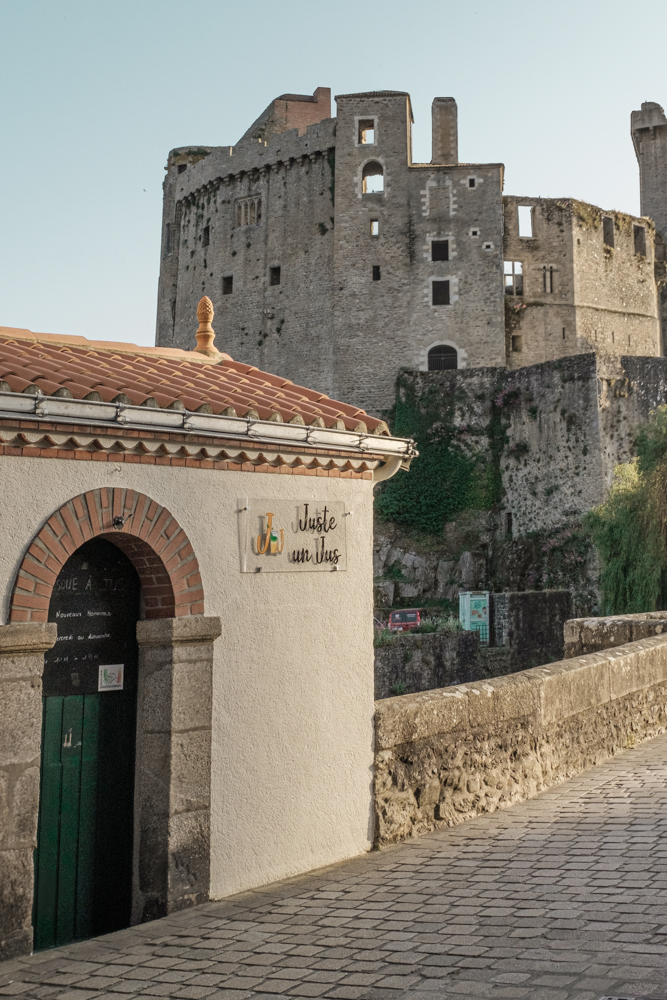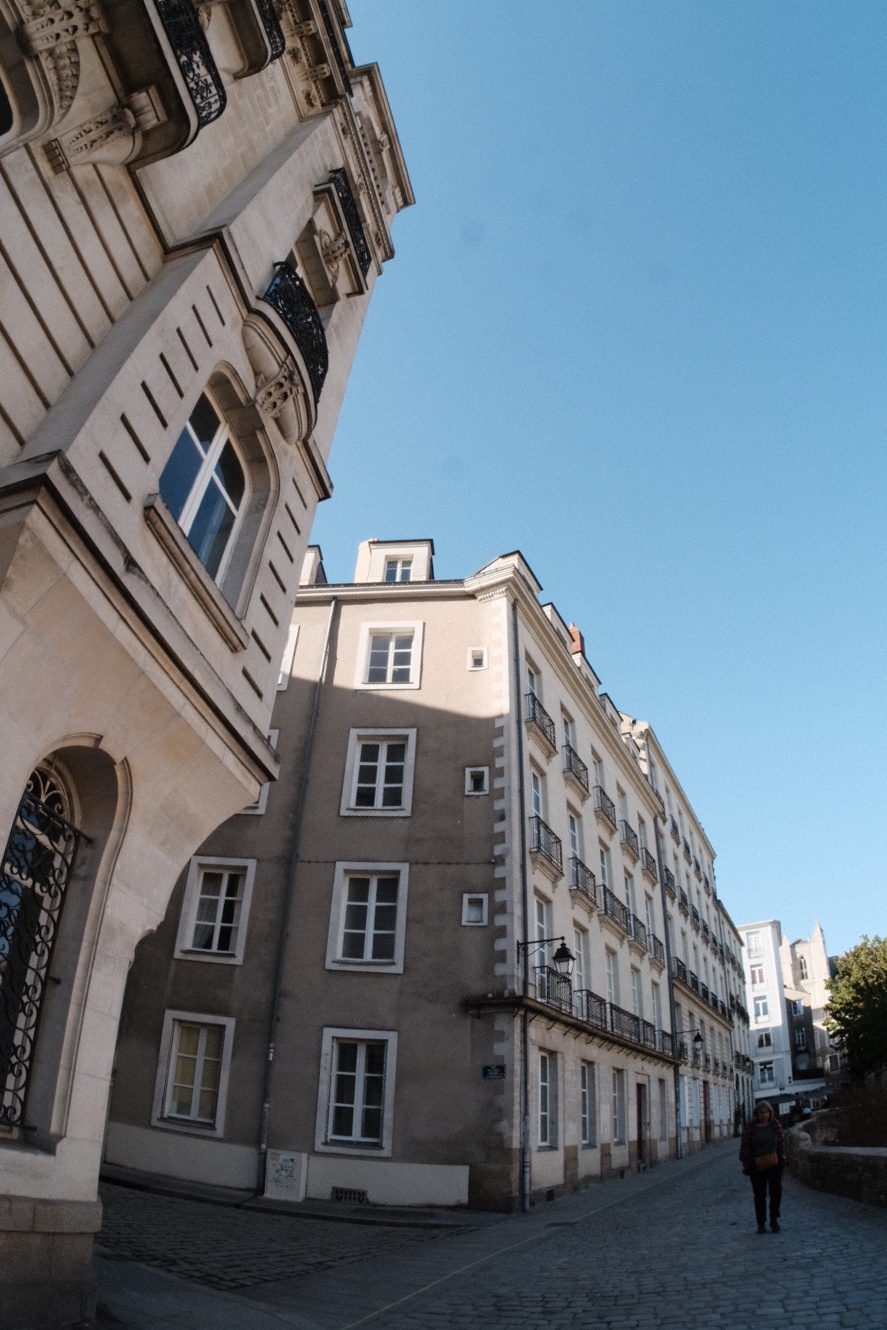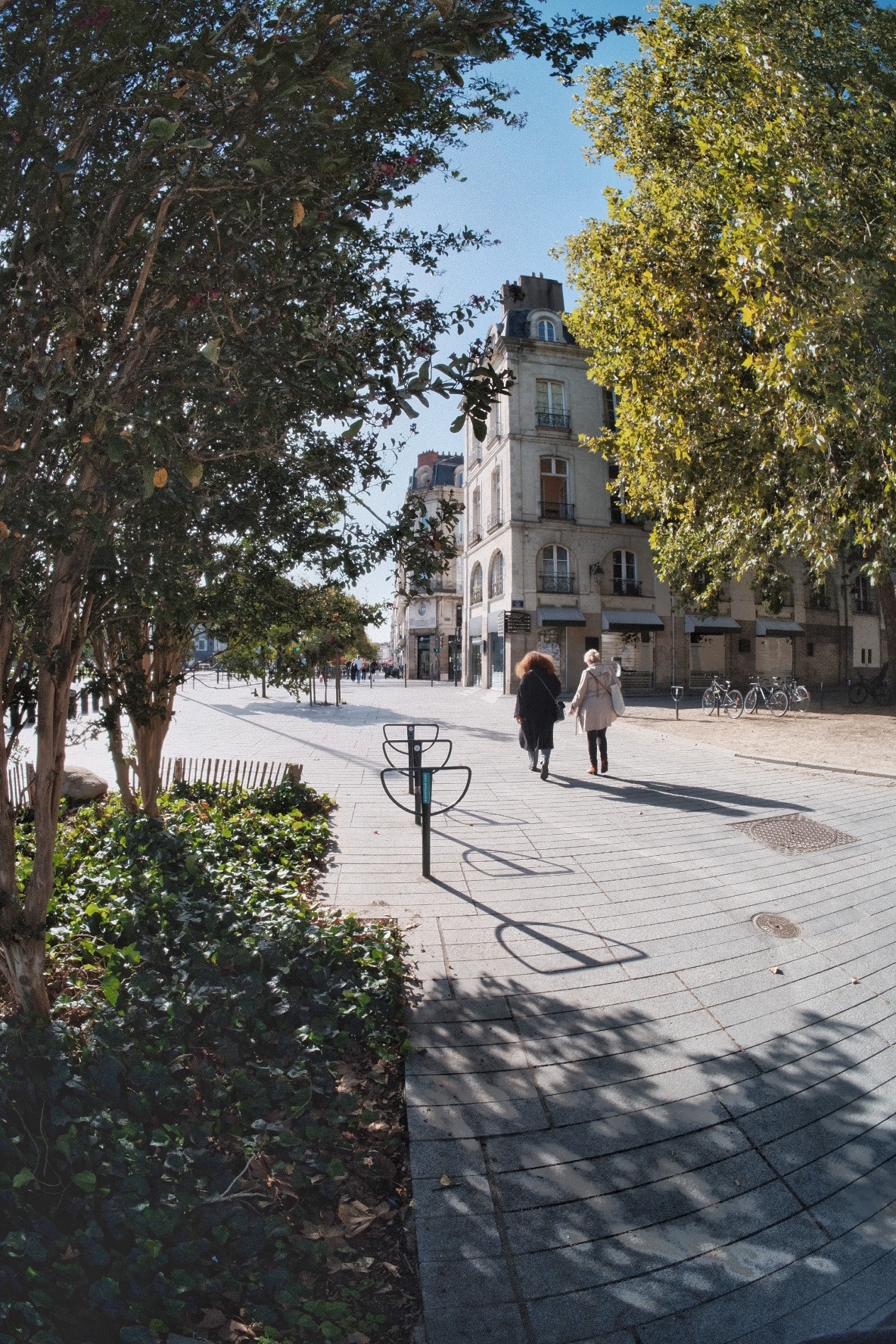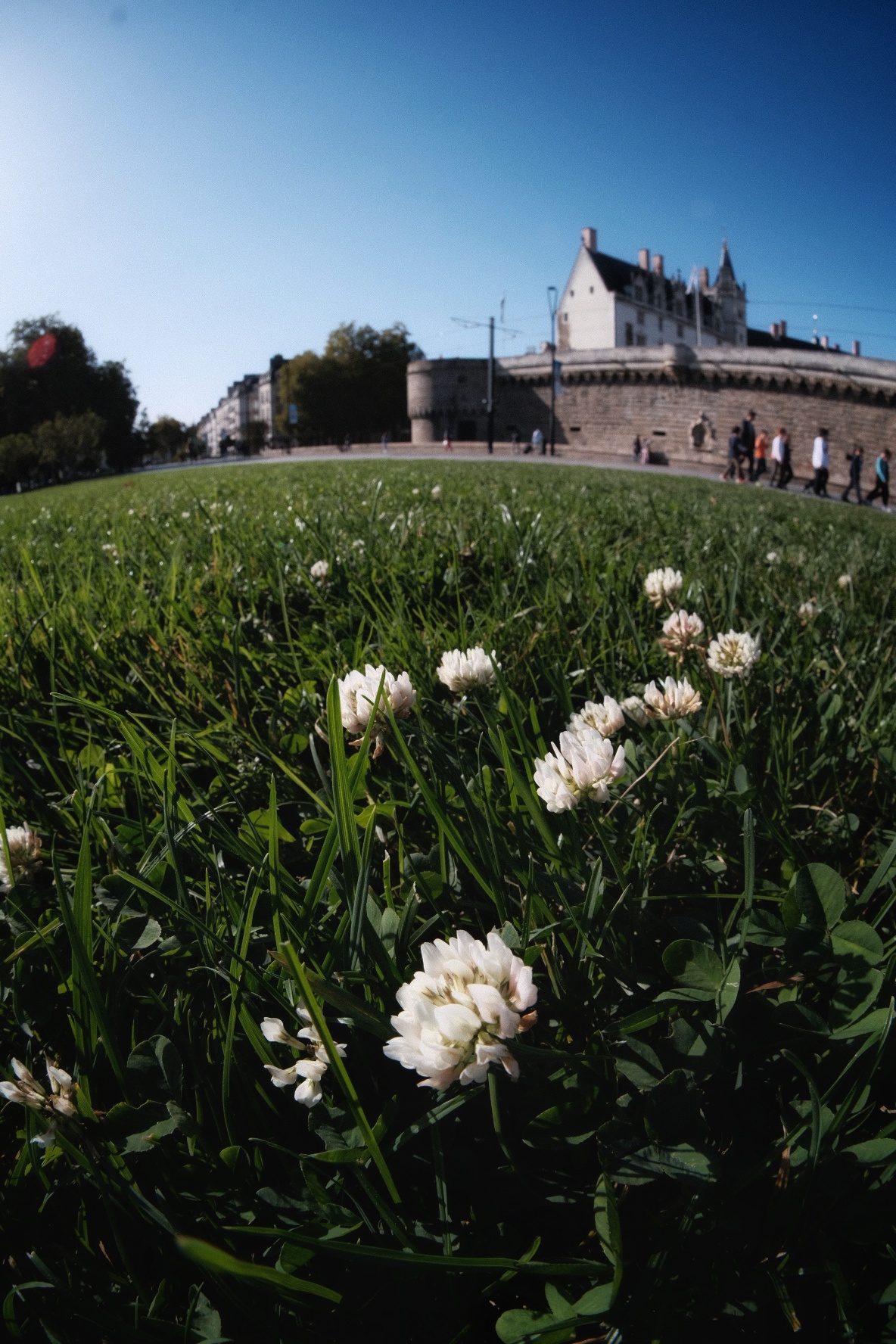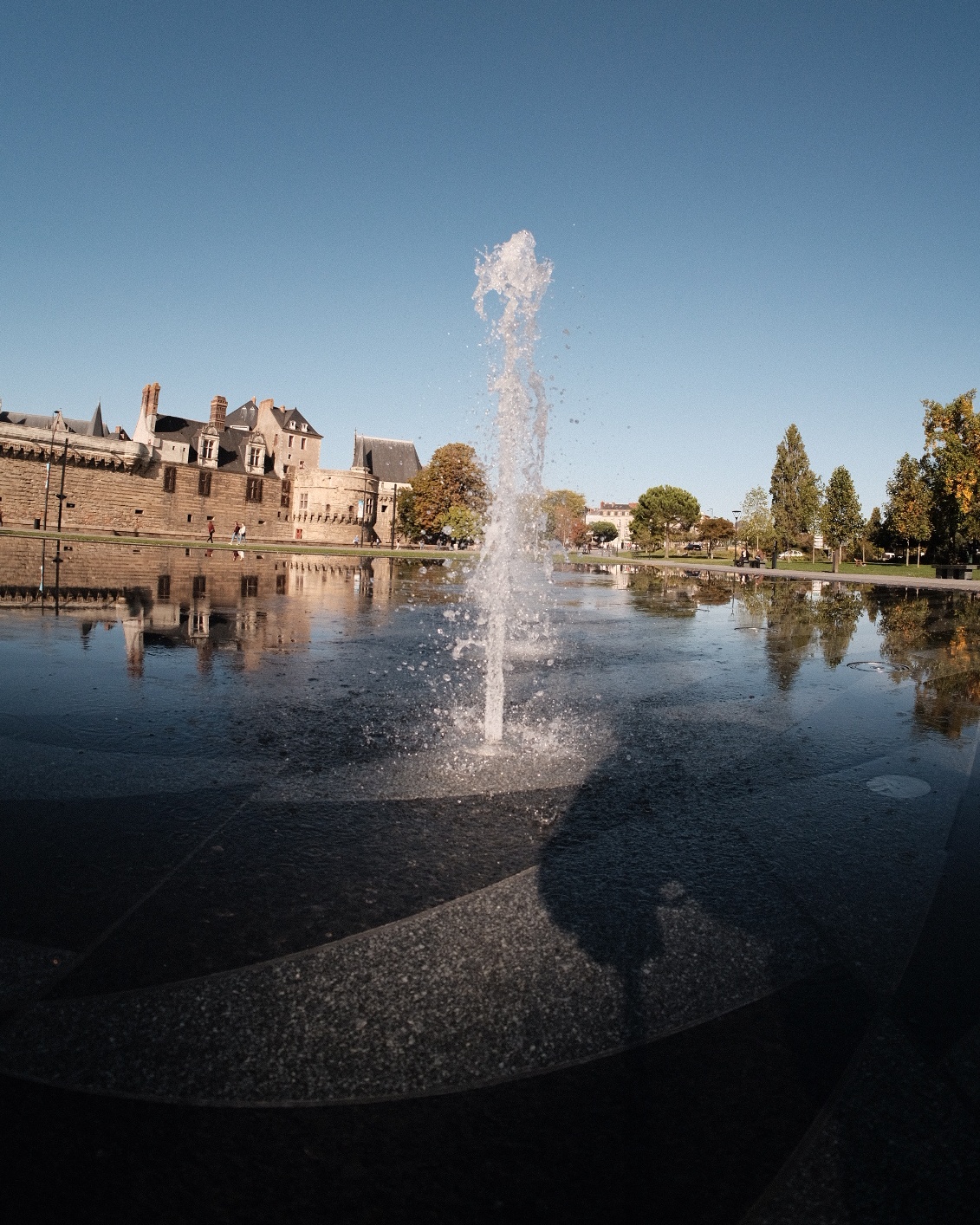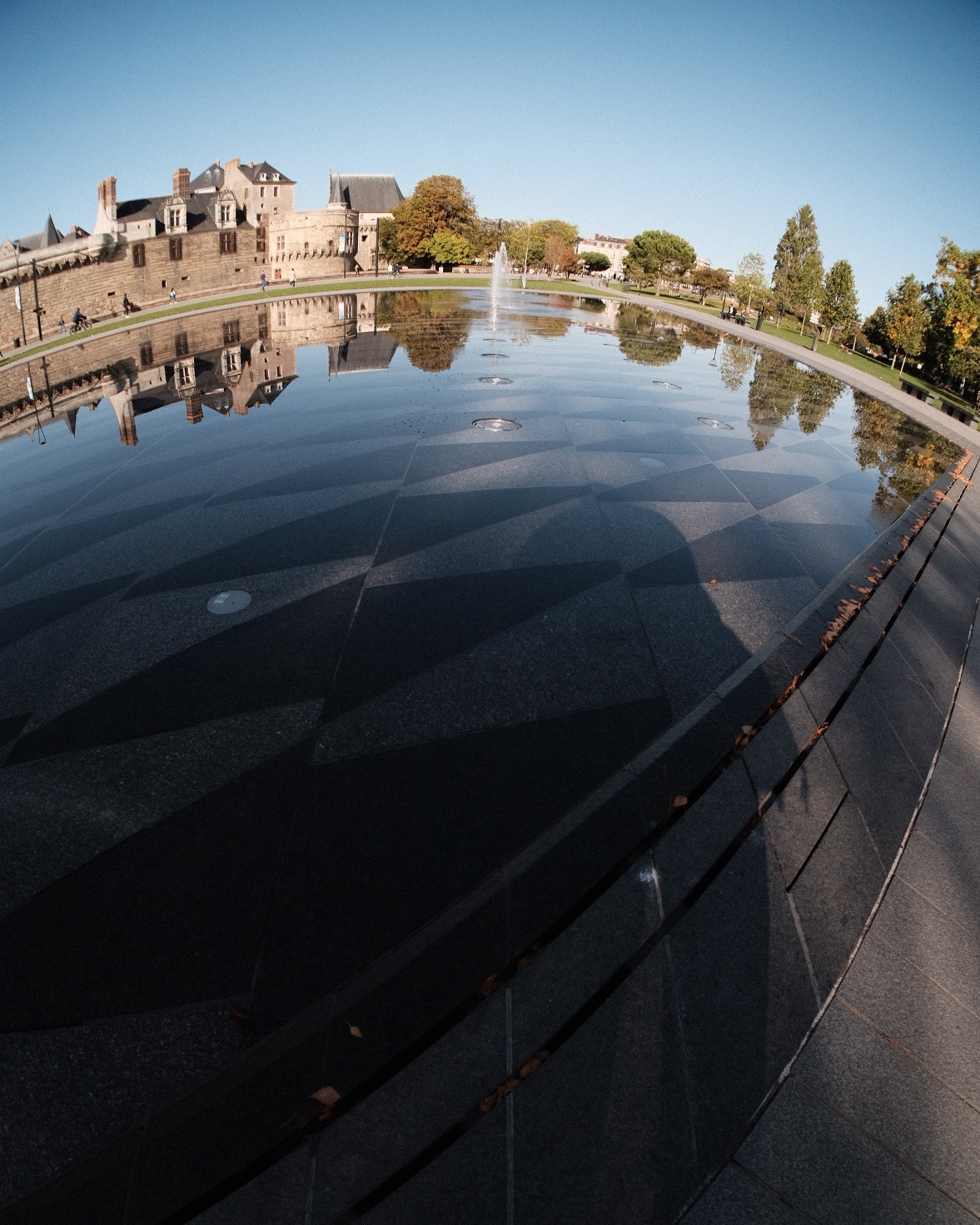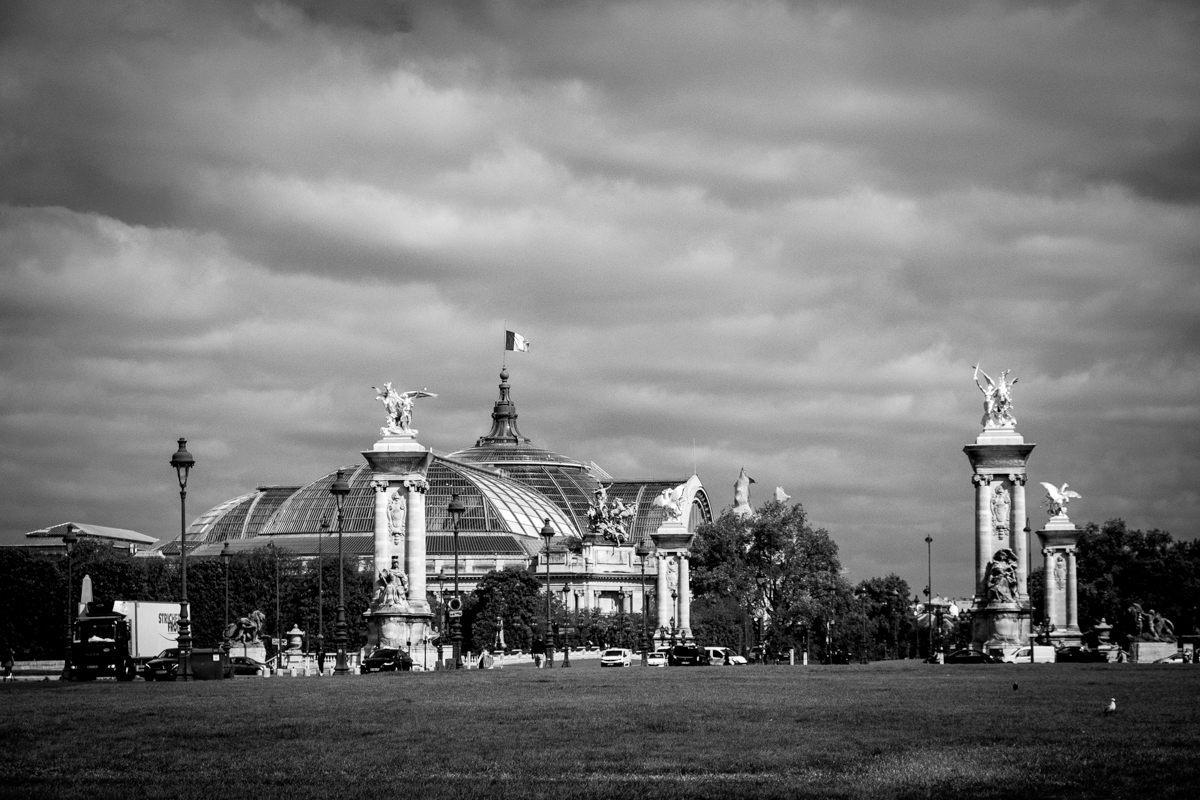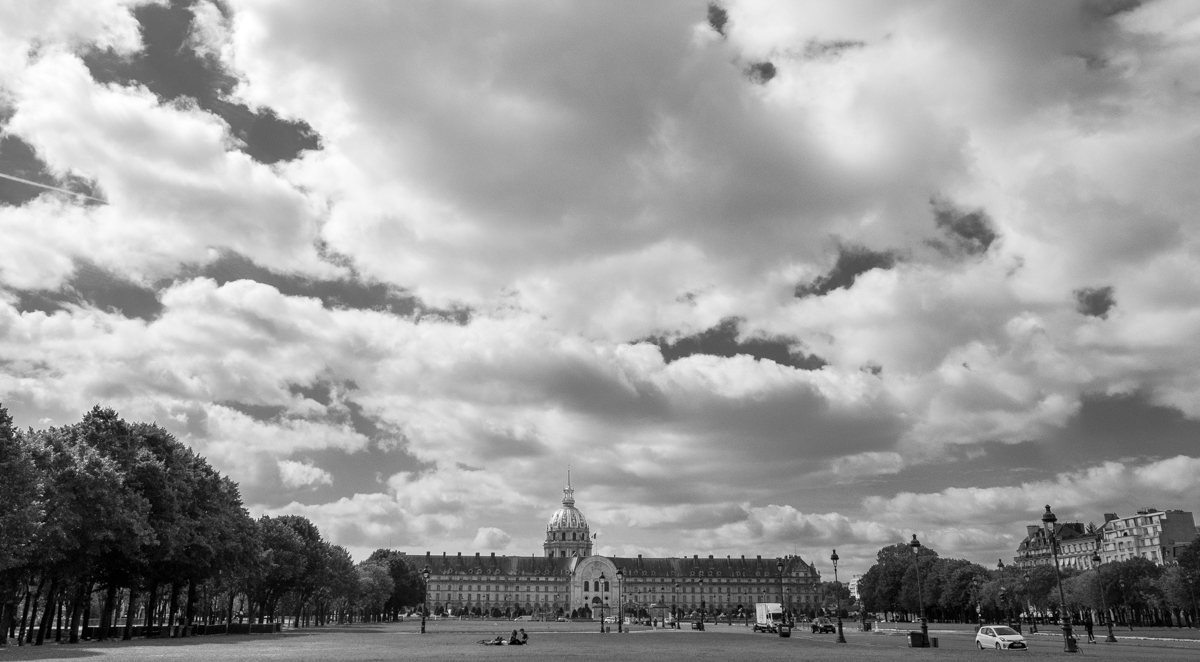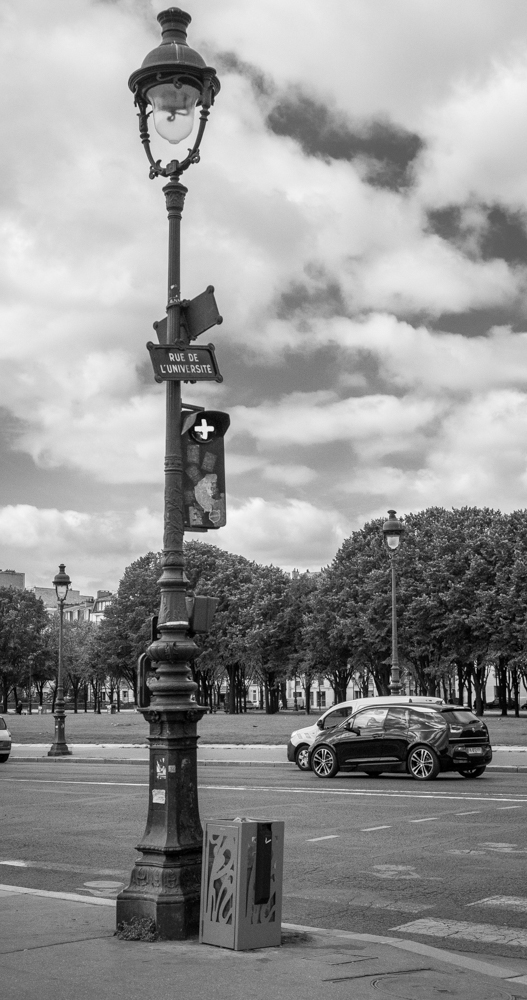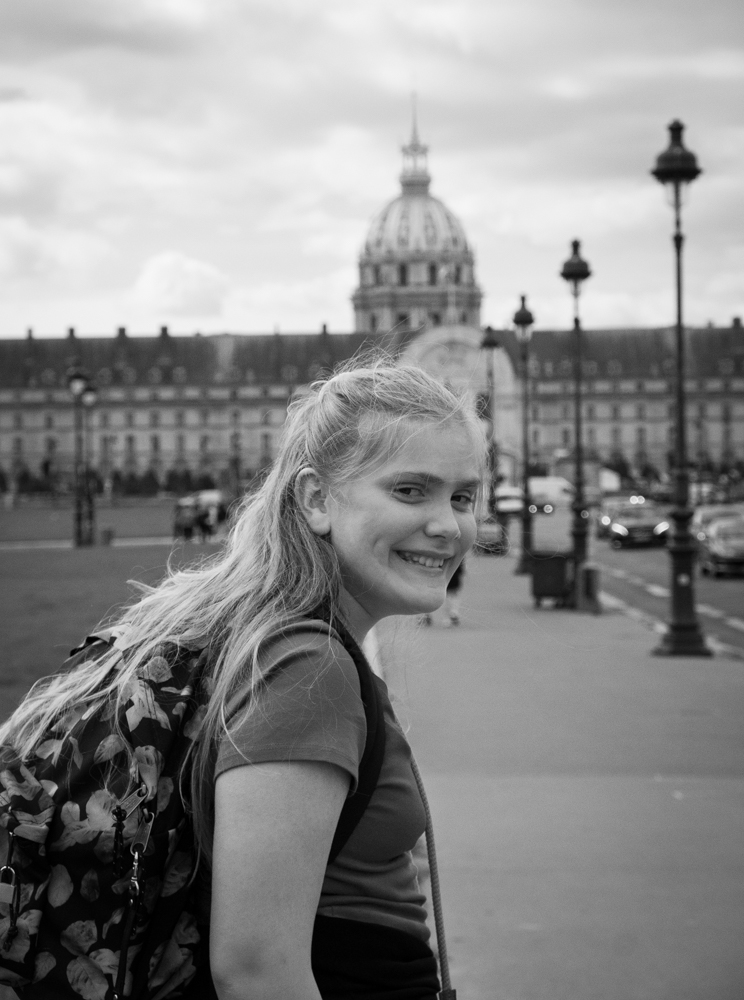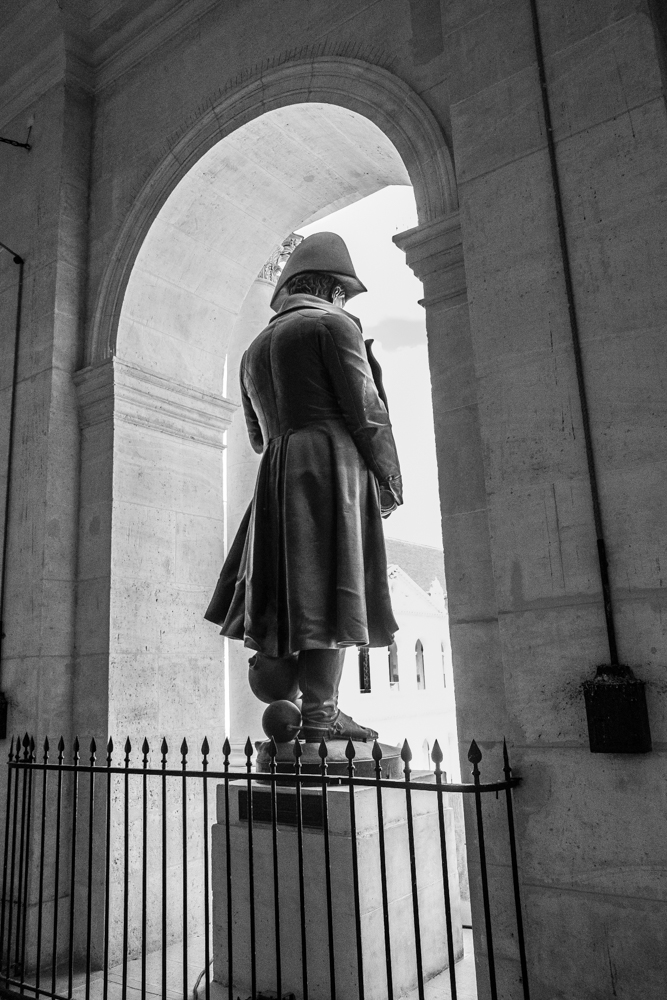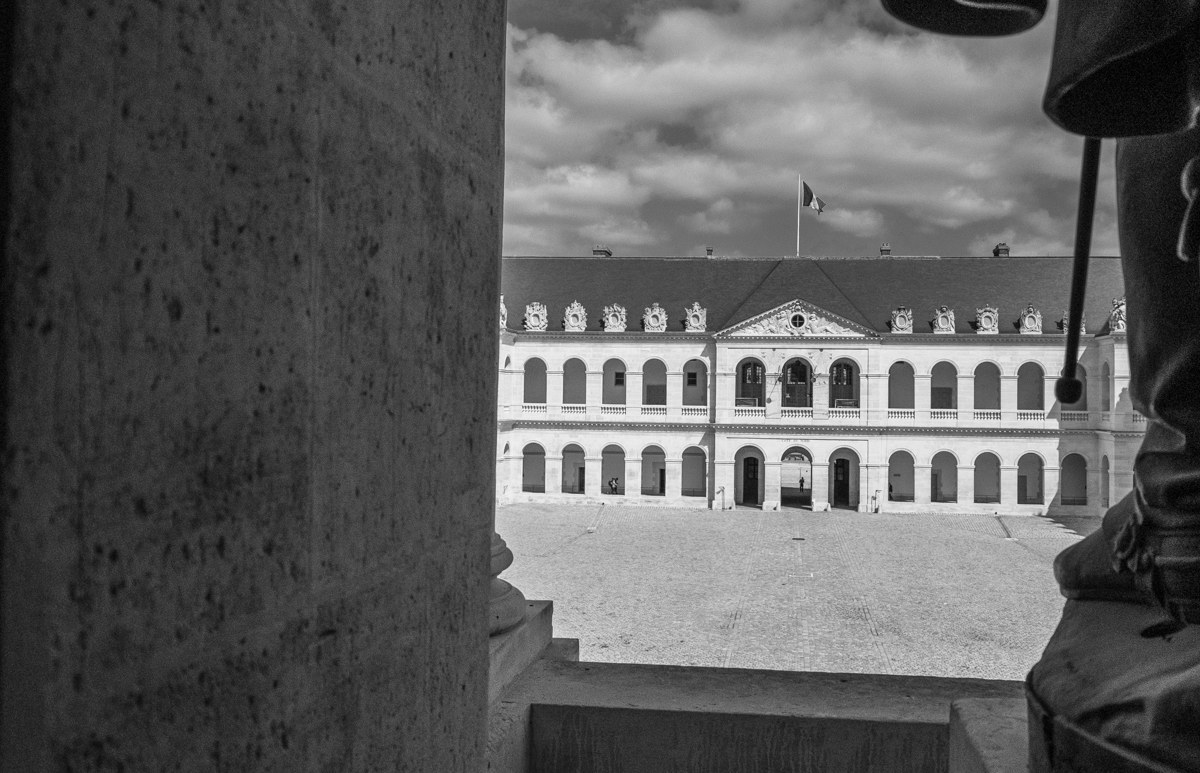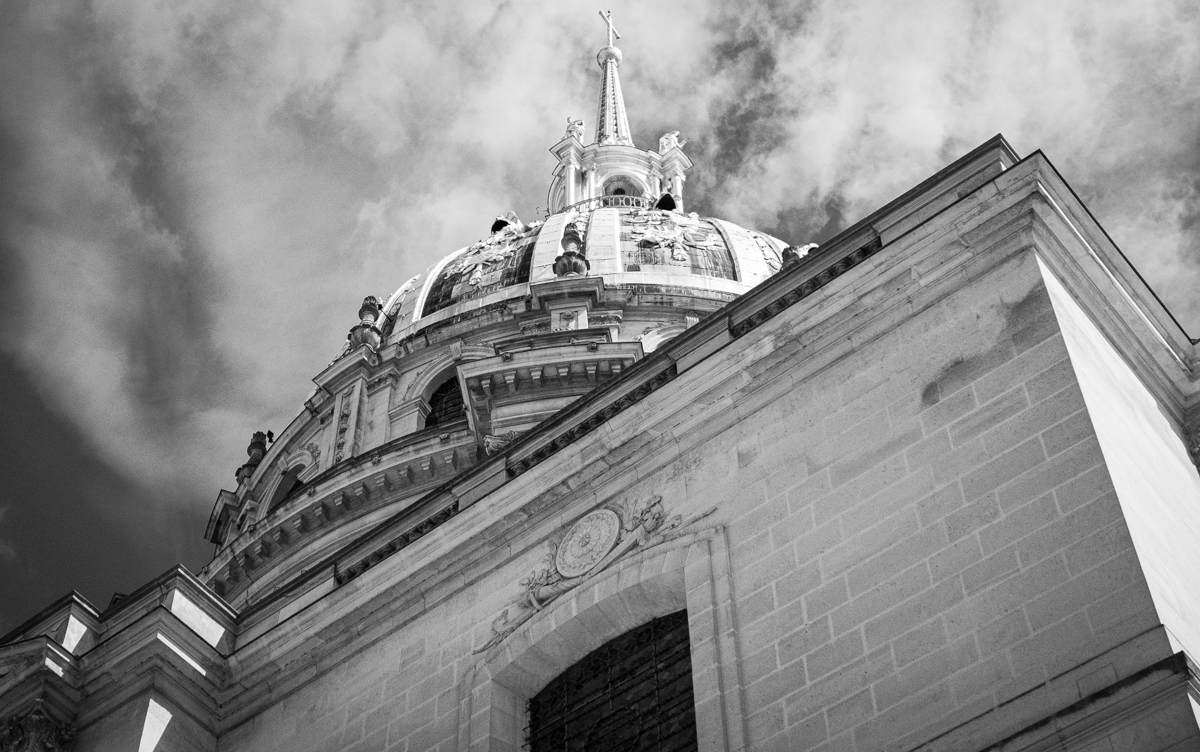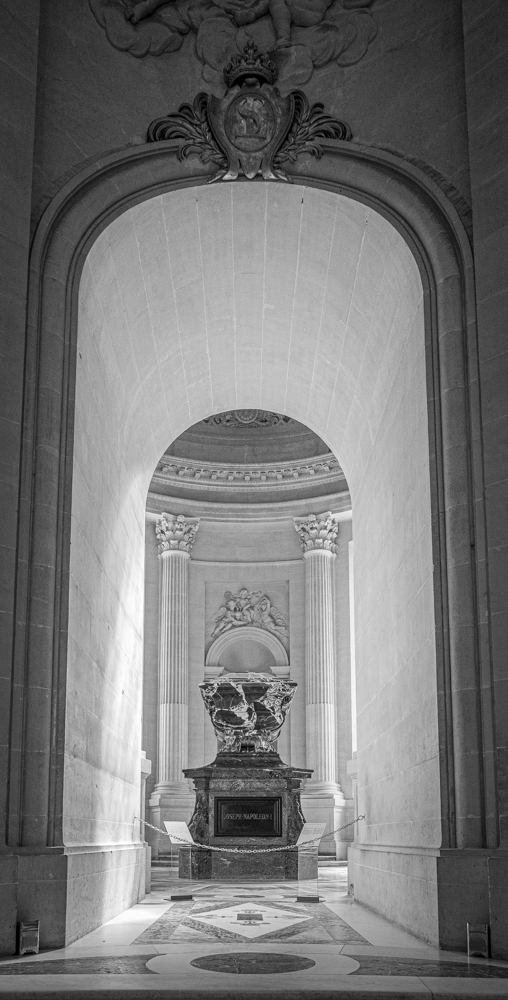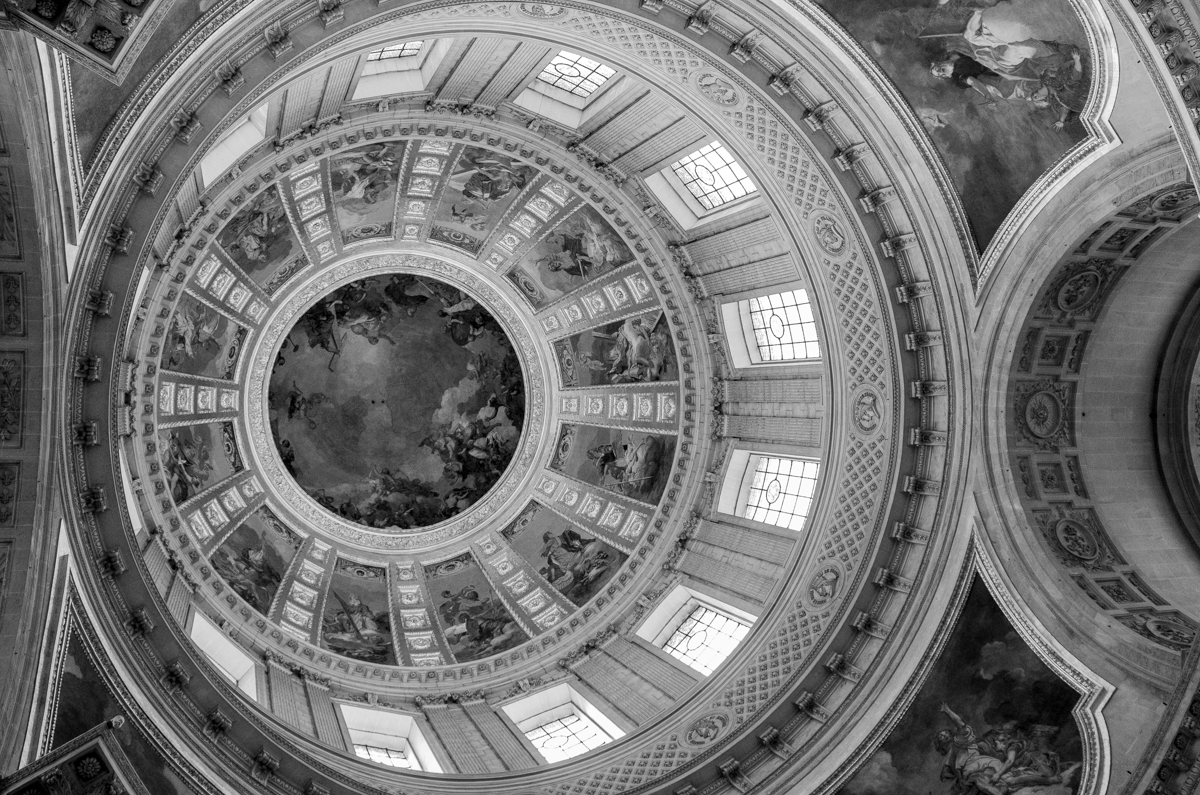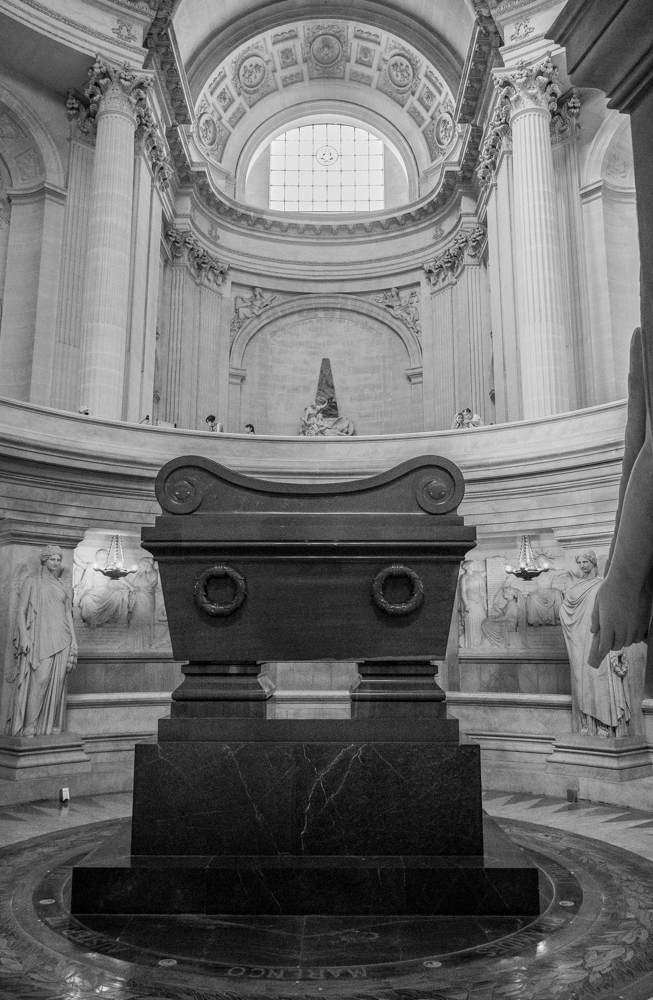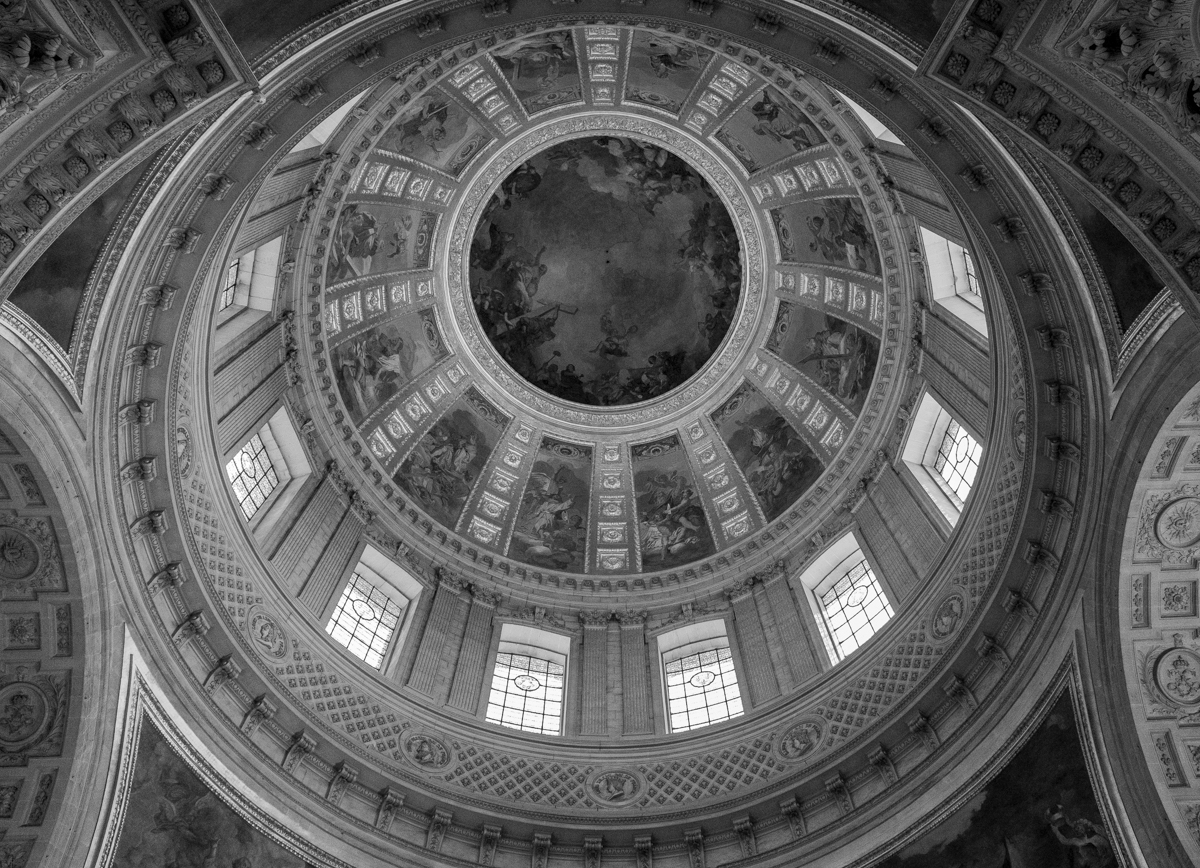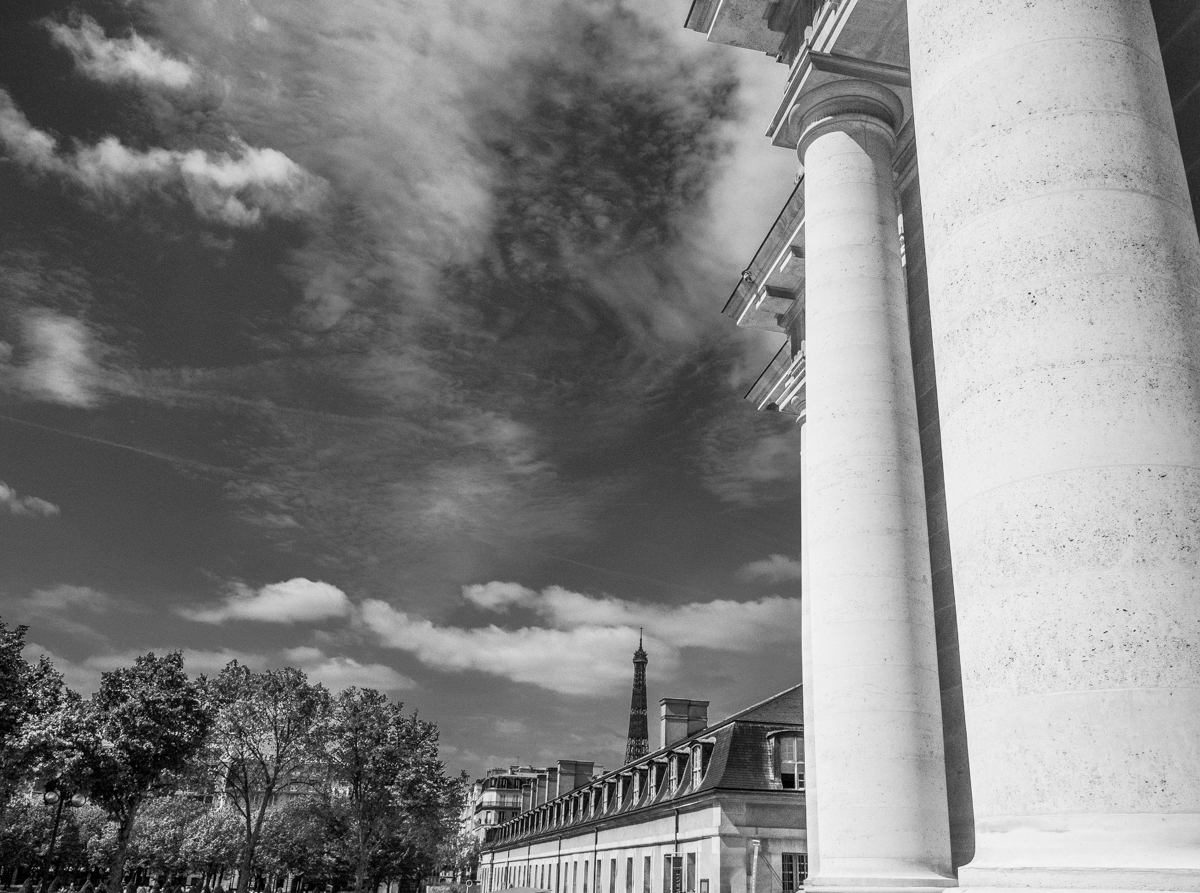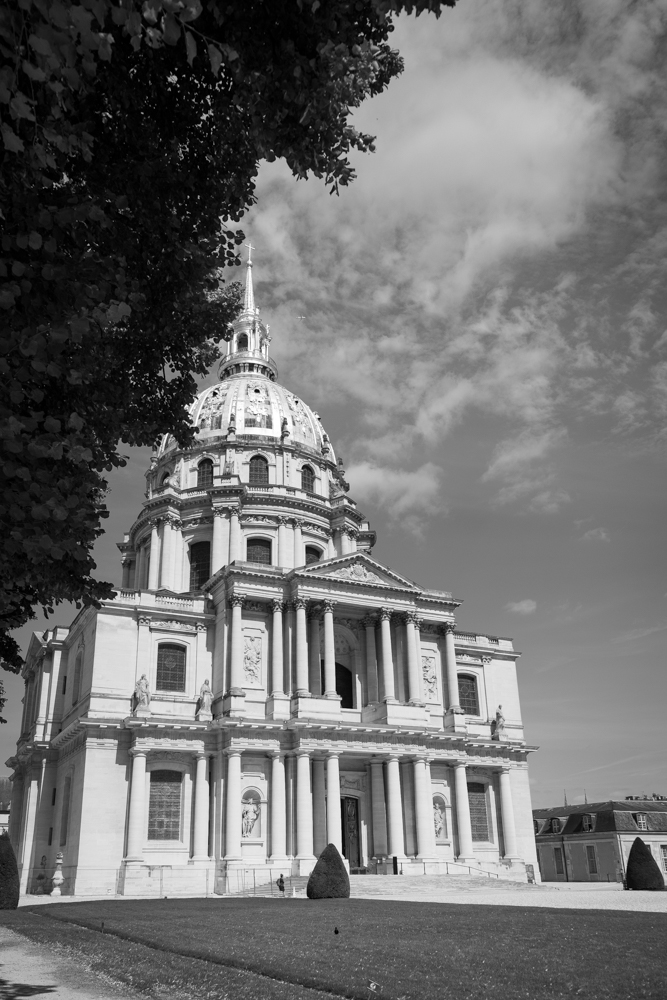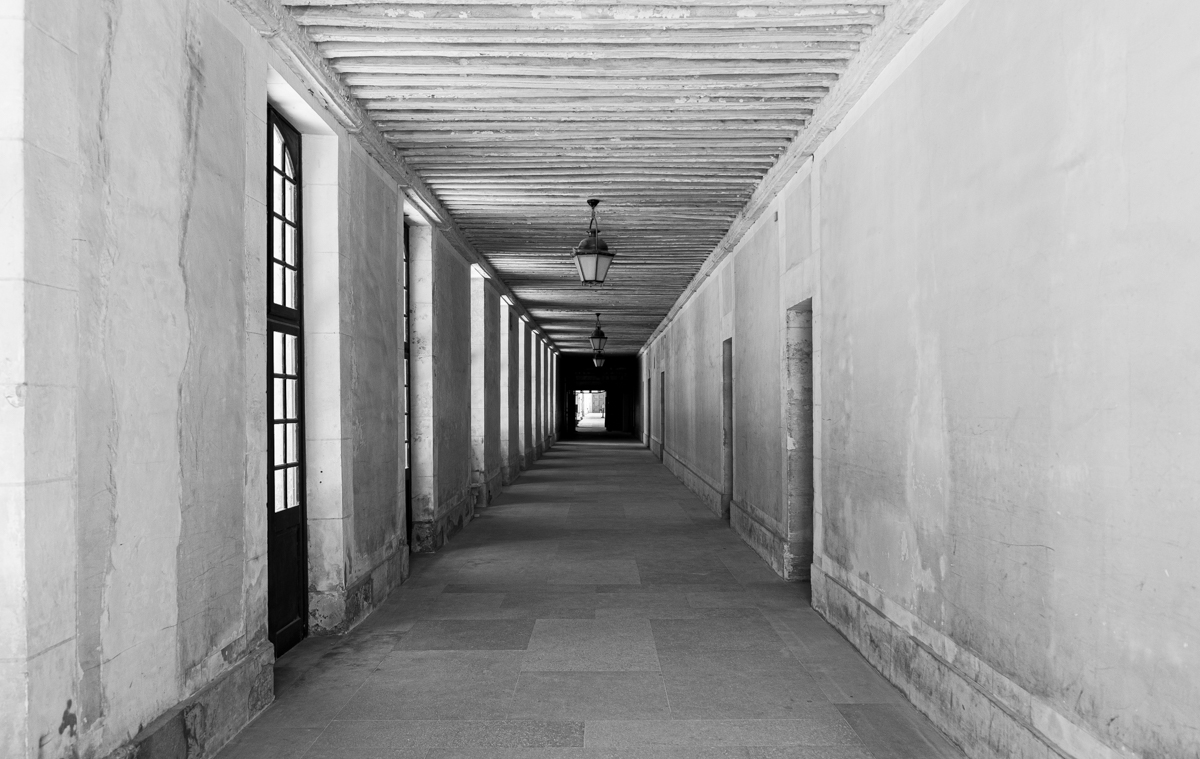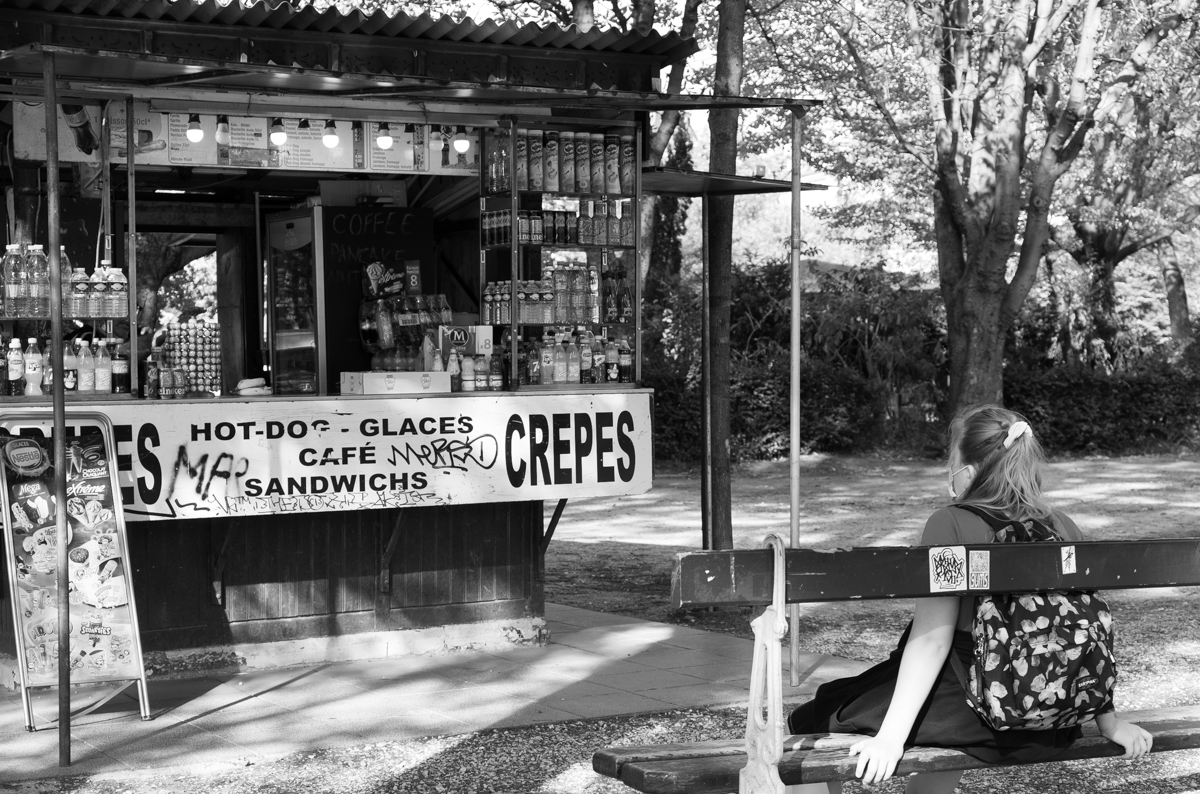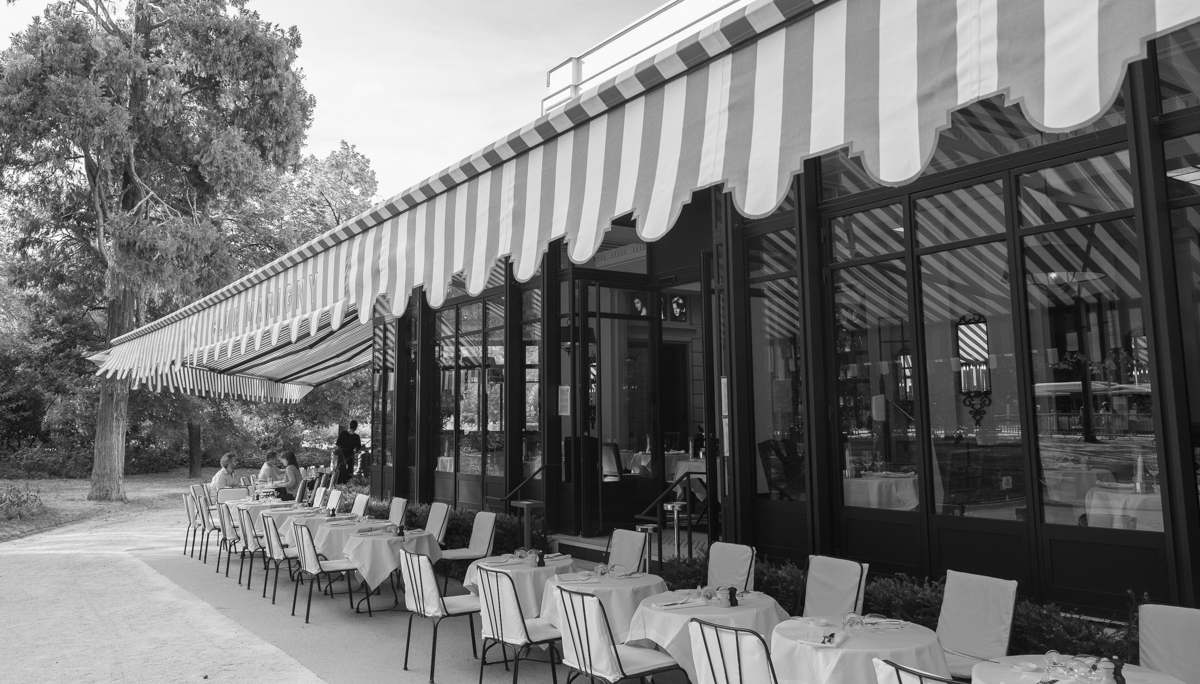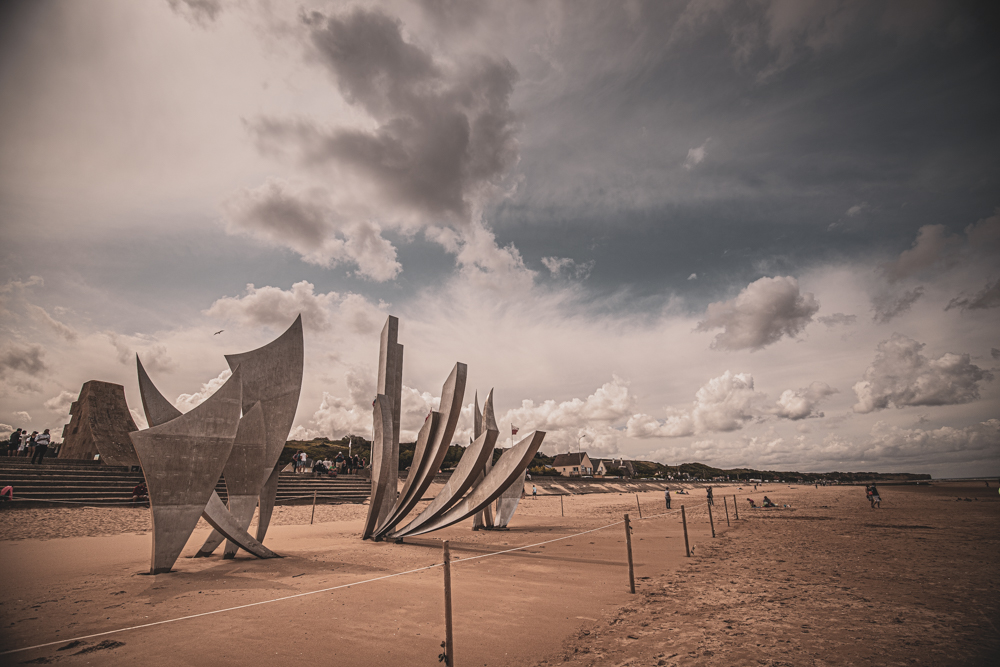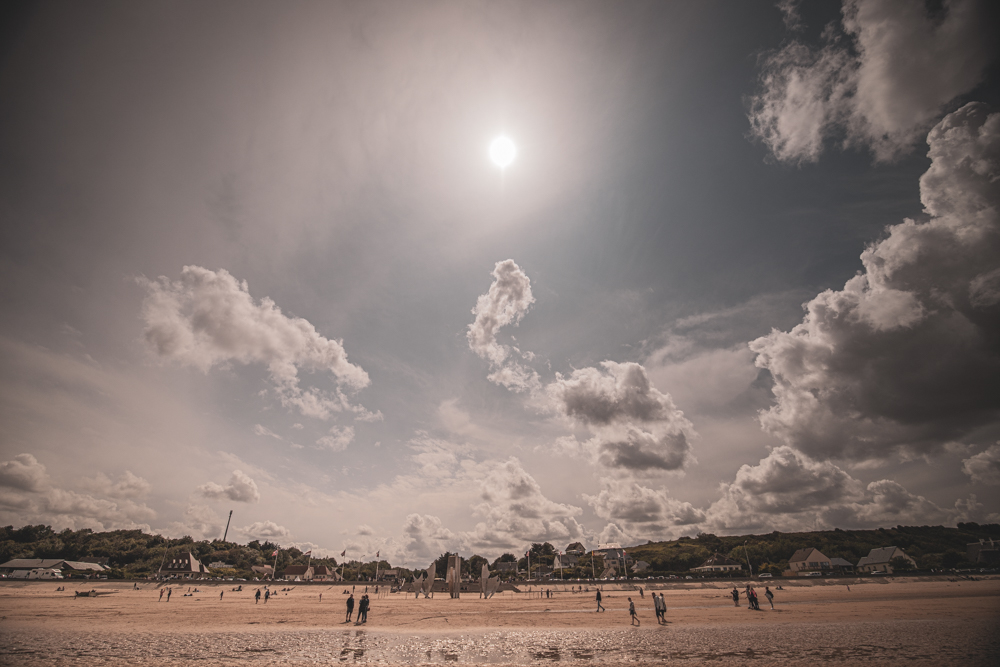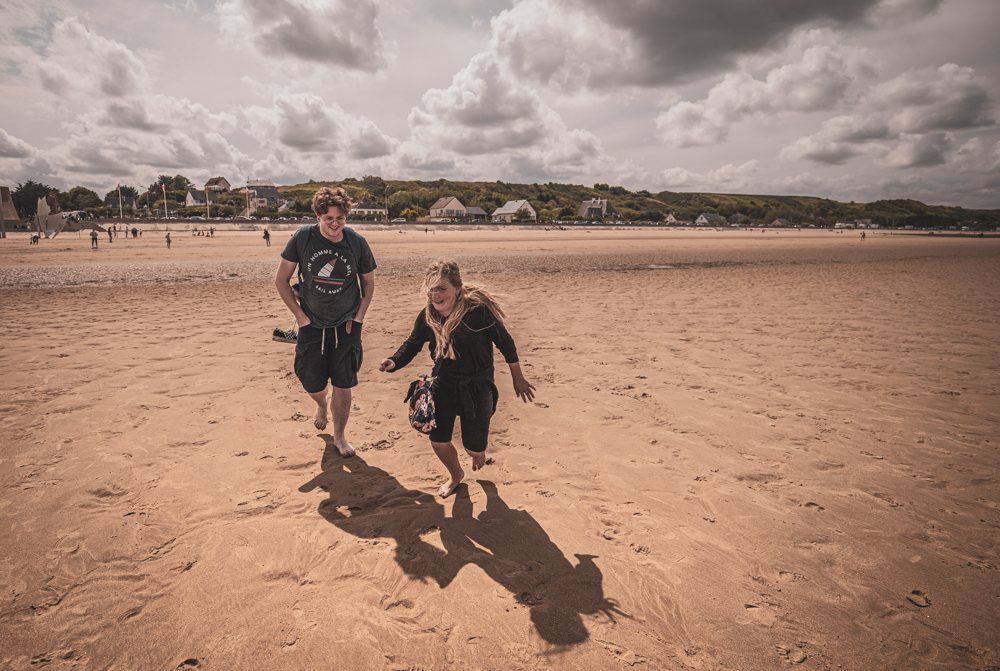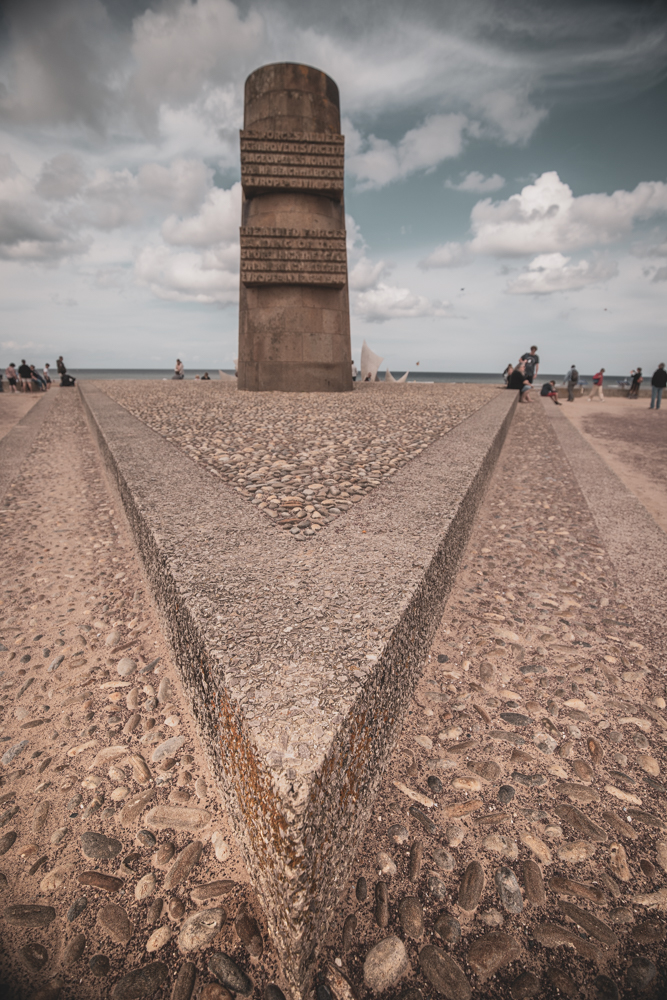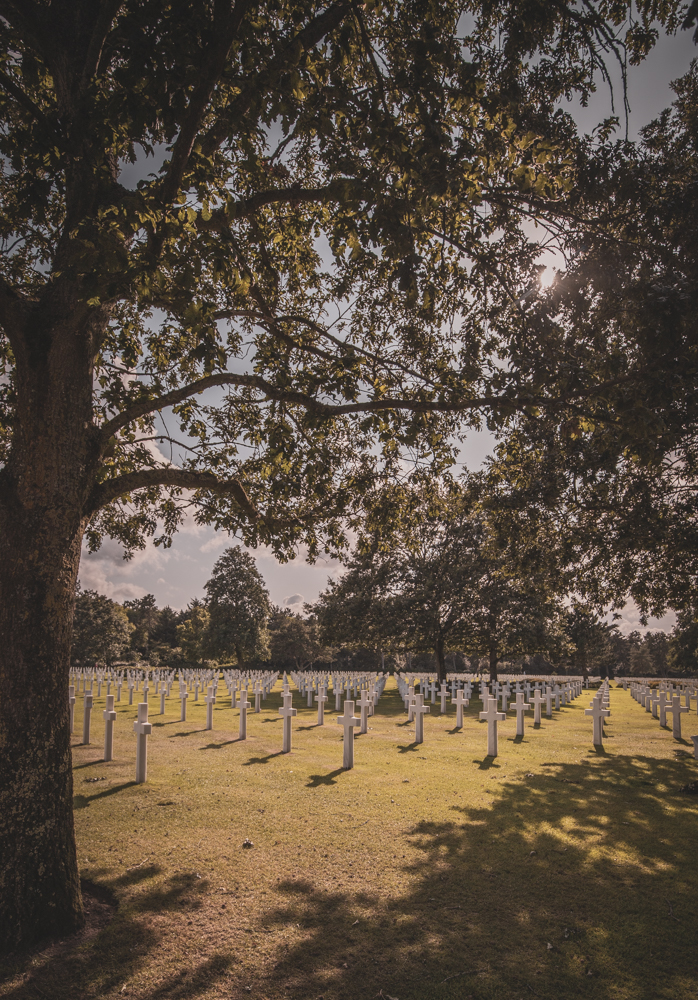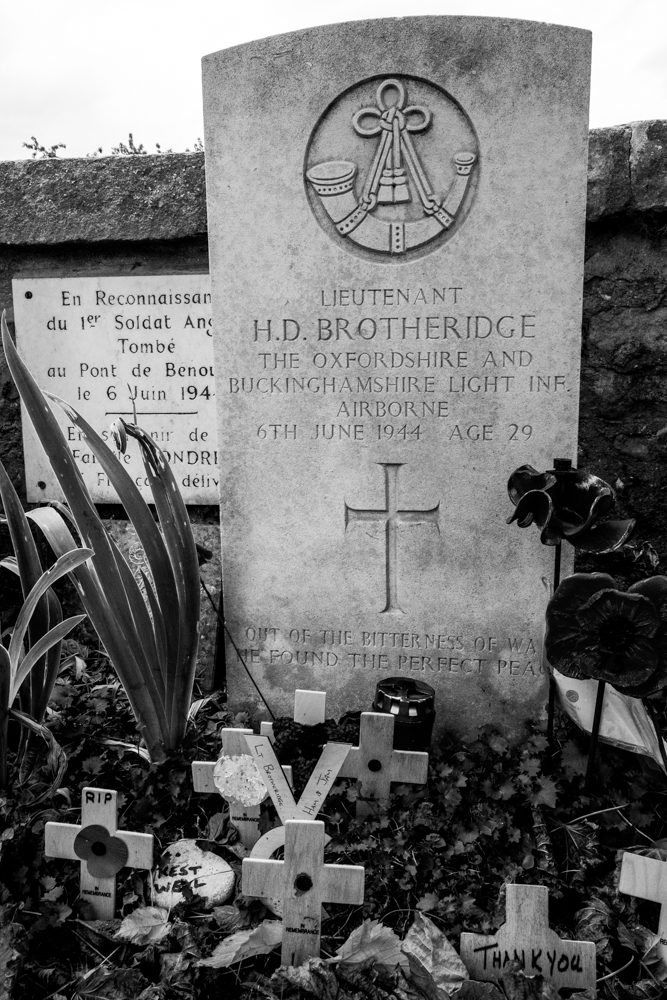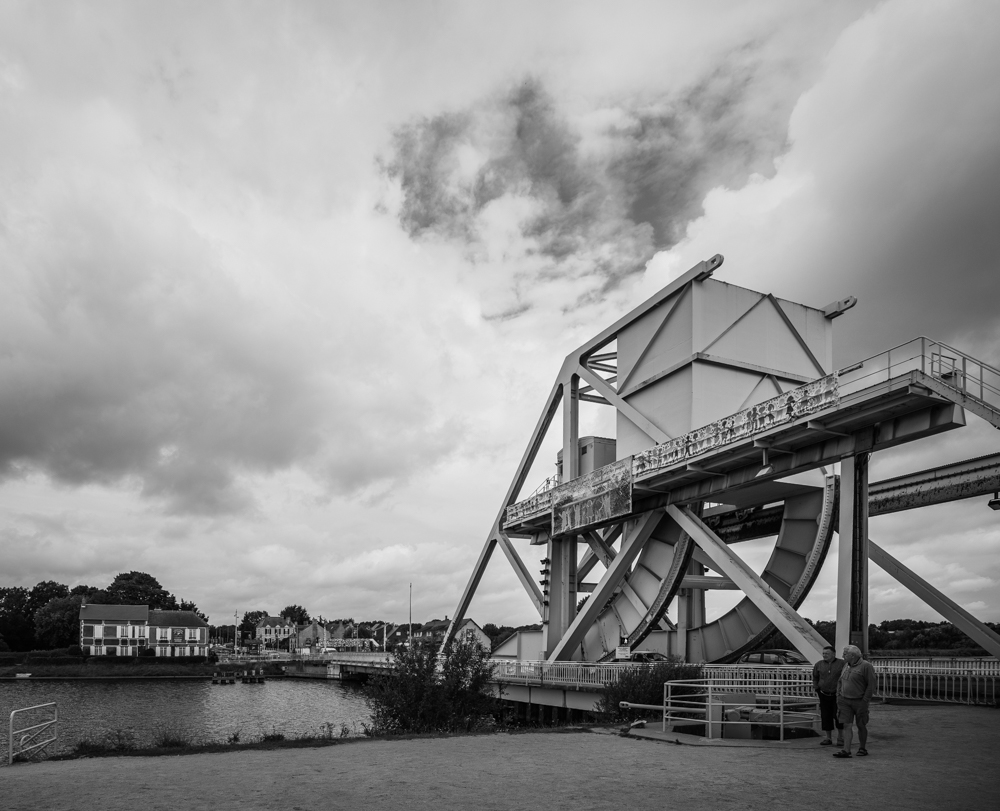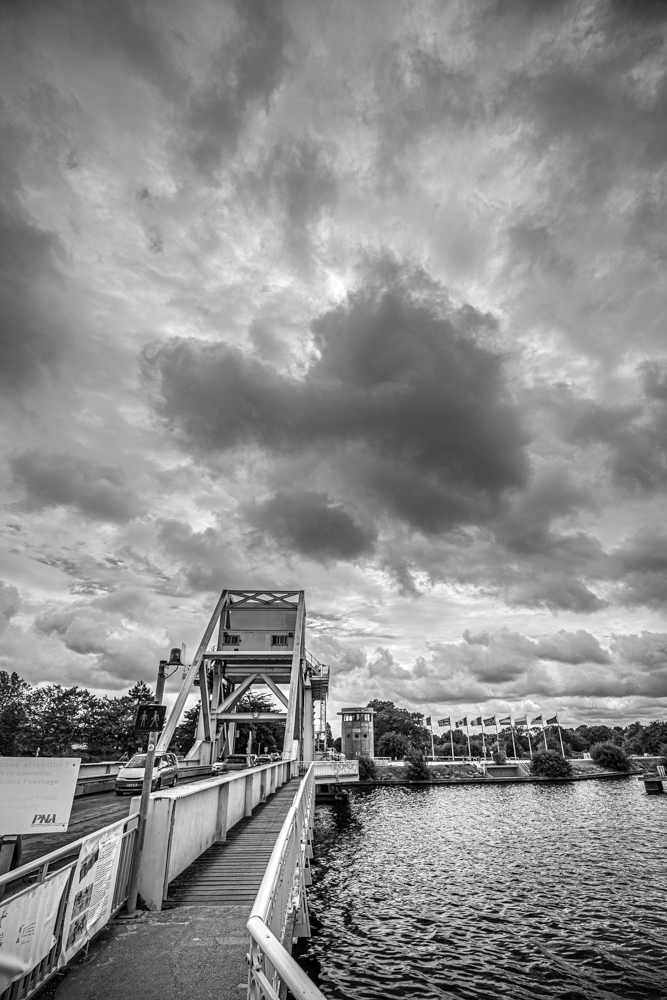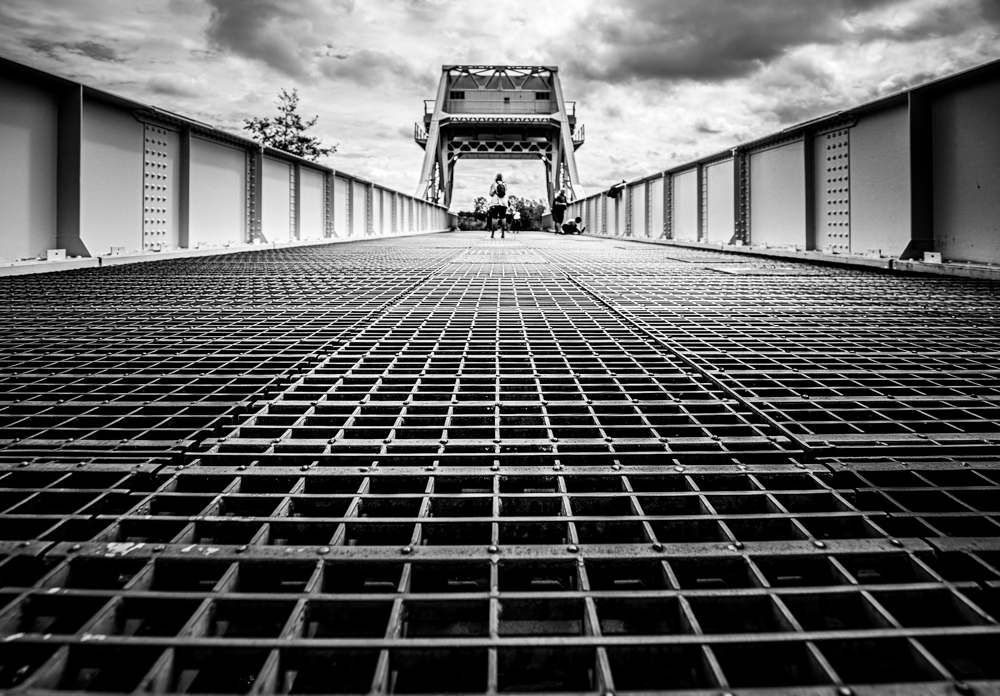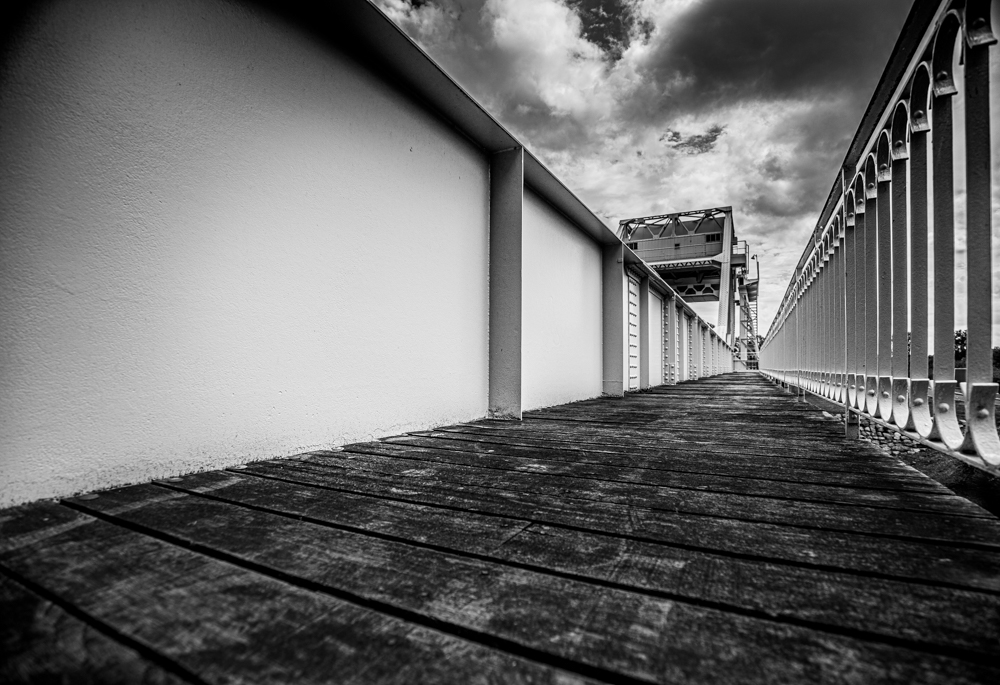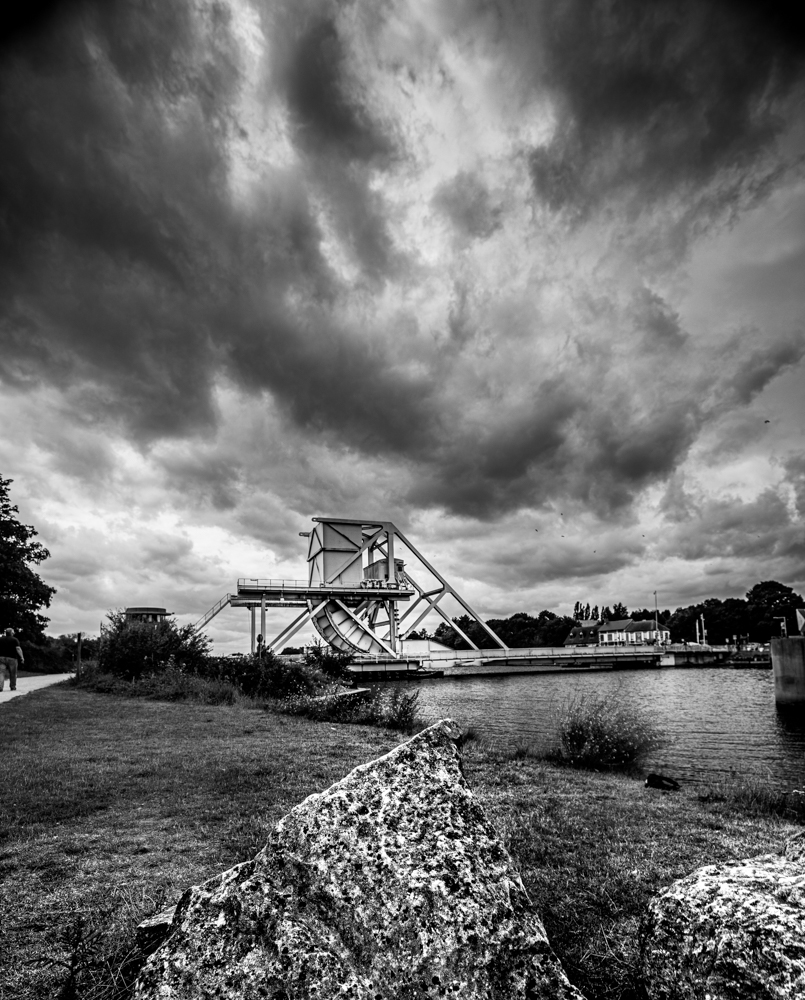I’m happy to tell you that I am feeling better than I was when I wrote my last article. Mentally I seem to be on waves and at least now I know things will get better. At the moment I seem to be OK. Right now we’ve got that said we can go on. In another article I had talked about photos that I had wanted to share with you all.
As you can read in previous articles, my first visit with Kate to Paris was based on where “she” wanted to go, and this visit was to be no different. Kate had decided on the Louvre and Eiffel Tower for our first visit. This time it was going to be Les Invalides and the Champs Elysées.
During this last visit to Paris I was with Kate and we started off checking out Les Invalides to make sure that Napoleon was still dead and wasn’t up to ruining Europe. He is still dead, but maybe over compensating with his huge tomb. Maybe he was the Petit Caporal after all. Maybe…. Anyway, our modern day politicians are managing to mess everything perfectly well by themselves. Did you see how I got political and edgy without mentioning any names there? As I told my father the other day, it’s not a good day if you can’t make a dig at the French or make a small child cry.
So back to Paris, hoping to avoid the train adventure from the visit with Jean Guillaume. It was a lovely day and we were ready to have some serious fun. Foot wear and walking stick in hand, we were ready. We arrived and of course headed off to Marks and Spencers to get an early lunch. Oh shock and horror, they hadn’t been delivered with sandwiches. I was devastated. I wanted a bite of my childhood again. But it wasn’t to be. We got a couple of salads and some fruit and headed off to the little park where I had eaten with Jean Guillaume.
Then we had to revisit the Metro. I still love the metro for it’s different stations and all the tiling. It just has a little magic of its own. I know that with the crowds of Parisians, police, delinquents, junkies begging for money etc, we might have a tendency to forget it. I think as I am no longer a regular user that I am no longer blinded to all that. And don’t forget, it was still August where all the Parisians bugger off on holiday and leave their town to us tourists.
Anyway back to the visit. At Les Invalides we were greeted by the Gendarmerie Nationale who wanted to check our bags and make sure that weren’t going to do anything naughty. We were fine and headed off to buy our tickets. The first display showed horses with various bits of armour and mannequins showing how dashing French Cavalry Officers used to be. Luckily for the British, our Cavalry was better and we actually got quite good at thrashing Frenchie and giving him a damned good whooping…
We saw huge amounts of swords, and I still don’t know why we don’t pronounce the “W.” But it does explain why we nicked the idea of the Busby from the French for our Guards in the Household division. Those swords could do a lot of damage.
We worked our way around and looked at various weapons that the French had and imagining the damage they could inflict on somebody. We saw the works of Vauban and his genius in building defences. We saw exhibits from the First World War in which my grandfather fought, and exhibits from World War Two, that despite what they might like to believe wasn’t won by the French even though they might have come a close second if we’re being gracious with them. We got on to Indochine where the French started giving up their colonial possession’s, including North Africa, but we don’t talk about that, and then on to the Cold War. Which technically we won, but should have been much more gracious in victory and maybe we wouldn’t be having the problems we actually have in Russia today.
Anyway… We managaed to find the exit and after passing through the gift shop buying here a couple of BD’s in the series that she is reading, about French kids during the Occupation. It was time to check on Old Boney!
The building that houses him is beautiful. Very French. Stylish, and the tombs are amazing. Some dedicated to Generals who gave their names to so many streets in France. Foch, Vauban, Turenne, de Lattre de Tassigny, Philippe Leclerc de Hautlecocque. Even the Capitaine Claude Joseph Rouget de Lisle who wrote the French National Anthem. Ok, so they’re not all bad however French they may be…
It really was very inspiring, and I almost feel guilty that the British beat the French at Waterloo. Almost…. It is true that we the Prussians with us, and that Napoleon’s artillery was rendered useless by the mud. OMG, I’m turning into one of them. Heeeeeeeeeeeeeeeeeelp Meeeeeeeeeeeeeee!
Back onto the metro and up to the Place de l’Etoile. Kate wanted to see the Arc de Triomphe that we usually see on TV when the Gilets Jaunes weren’t very happy with the little Manu, and the police wanted something to do on a Saturday afternoon.
Mind you, it really is quite impressive. Kate wanted to visit the Champs Elysées, so visit it we would. I had decided to walk from one end to the other. It is supposed to be the most beautiful avenue in the world, and at Christmas time, when it is all lit up it really is very special. That day it was still pretty good though.
Kate was getting peckish and it was time for this photographer to have a coffee. The place we ended up was bright yellow and you might need some sunglasses if you go there. The Café Joyeux is an amazing place. Their staff are mentally handicaped, and managed by team leaders who guide them and help them have a meaningful job and career. The service was impeccable and everything felt so natural which is a fitting tribute to their professionalism. It really is a very “Joyeux” experience, and if you’re in Paris then please drop in and see them. Oh, and the coffee is amazing too. It’s a proper café and not just a social project. We have to power to change things.
We continued our trip down the Avenue and saw the original Guerlain Shop that was opened in 1914. Now the Parisians are just amazing at making things that are beautiful, and here it was particularly true, and everything smelt amazing.
For her upcoming birthday I had decided to buy my daughter some clothes on the Champs Elysées in H et M. Ok it’s not the most luxurious of brands but there was that little extra special feeling because of the location, and the trip was about Kate and not necessarily me. We came away with two dresses, some shoes, some hair stuff, and somewhat poorer, but it was her birthday after all…. And during a Daddy daughter day, stuff like that happens.
It was just lovely having time together and walking together. She was wearing Doc Martens boots with a bit of of a heel, but she managed to keep going. We would sit down and just breathe. I love that corner of Paris and always will do. We arrived at the Place de La Concord where the French decided to end the Royalty a little more brutally but guillotining them and it is amazing how beautiful a place it is now compared to the place of suffering and bloodshed all those many years ago.
We managed to get to WH Smiths before it shut to get a goodie bag with all kinds of sweets, pickle, and tea to take home. Kate fell asleep on the train home. Which isn’t surprising for a girl who had walked more than 22.000 paces in one day. Bless her cotton socks.













